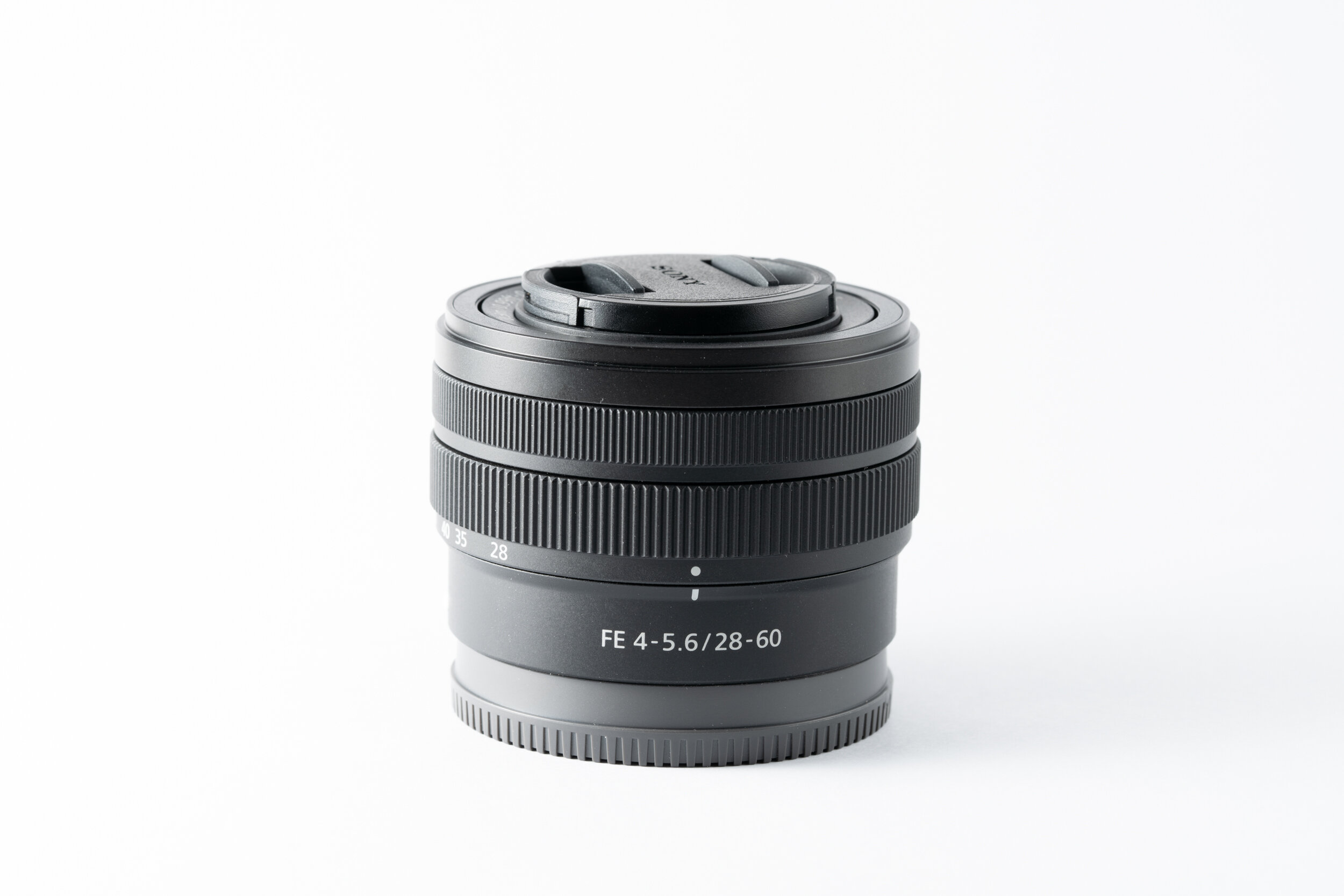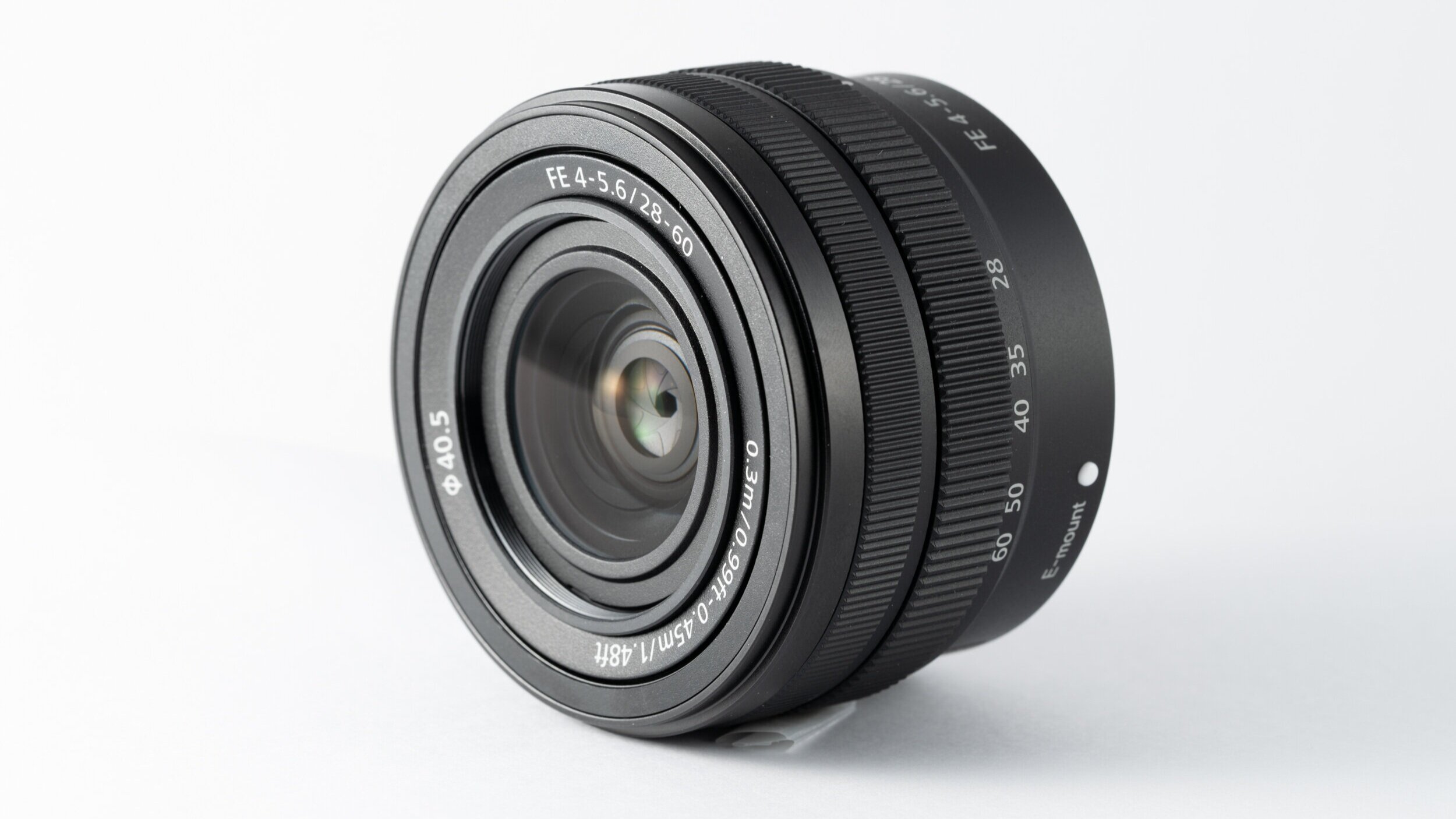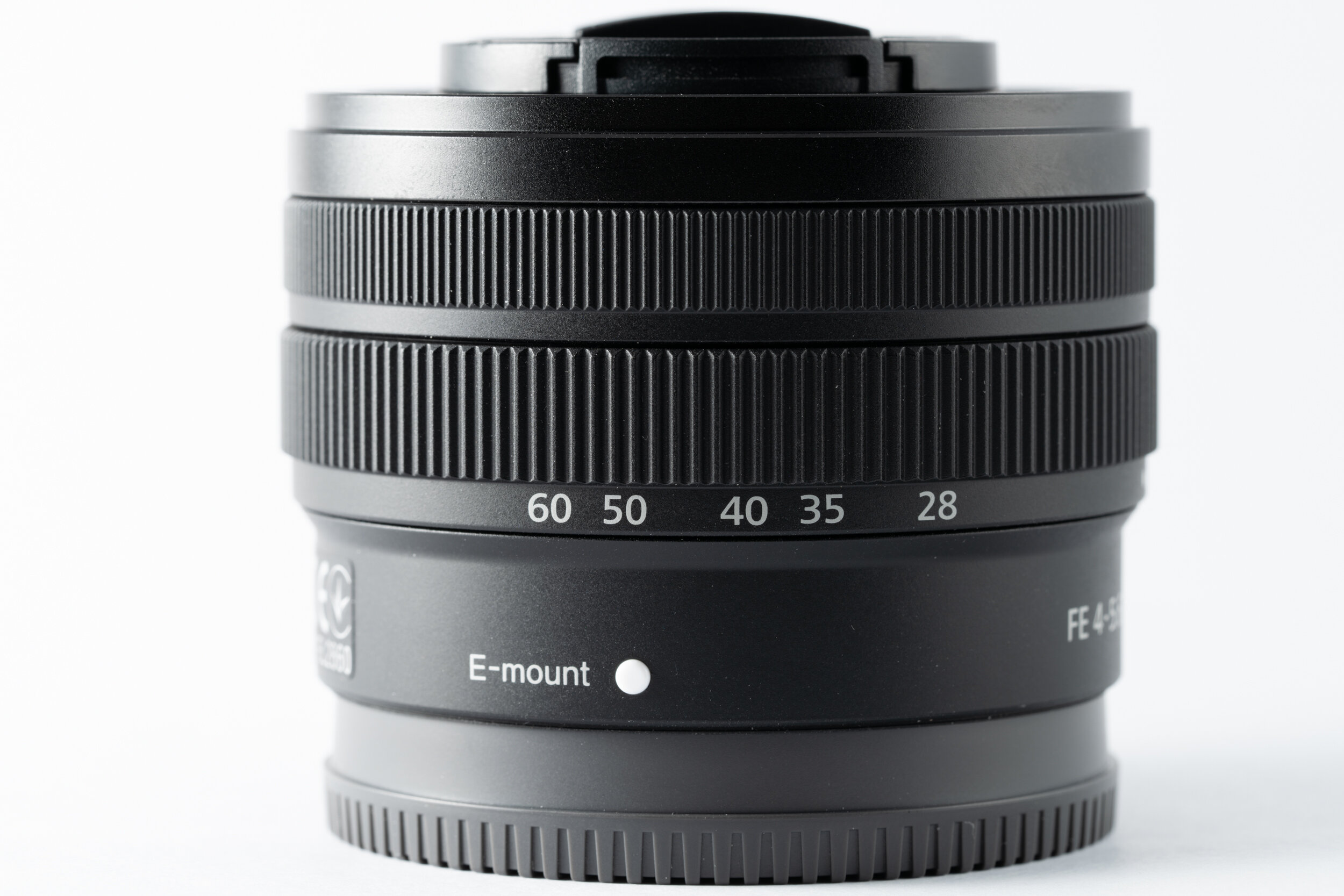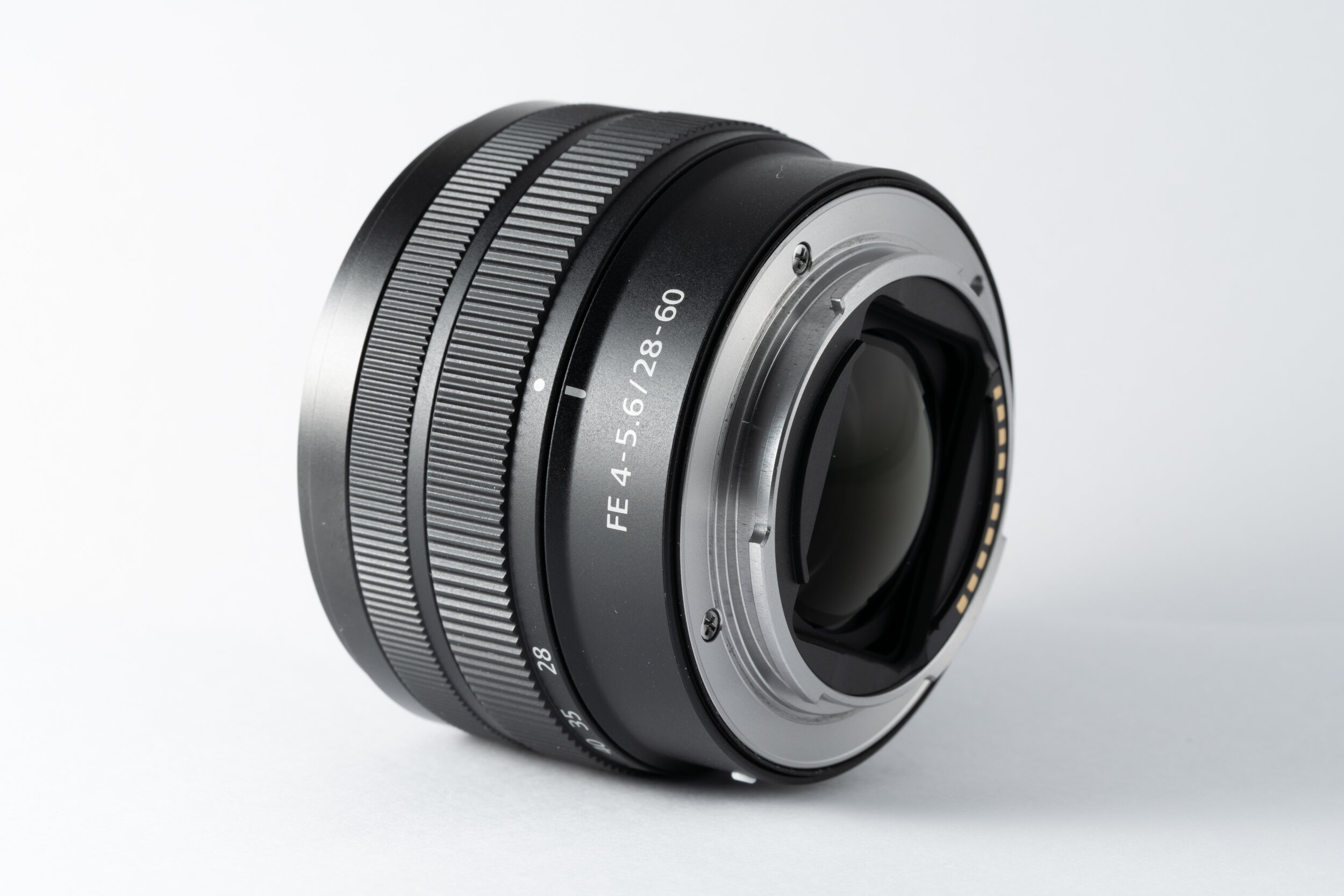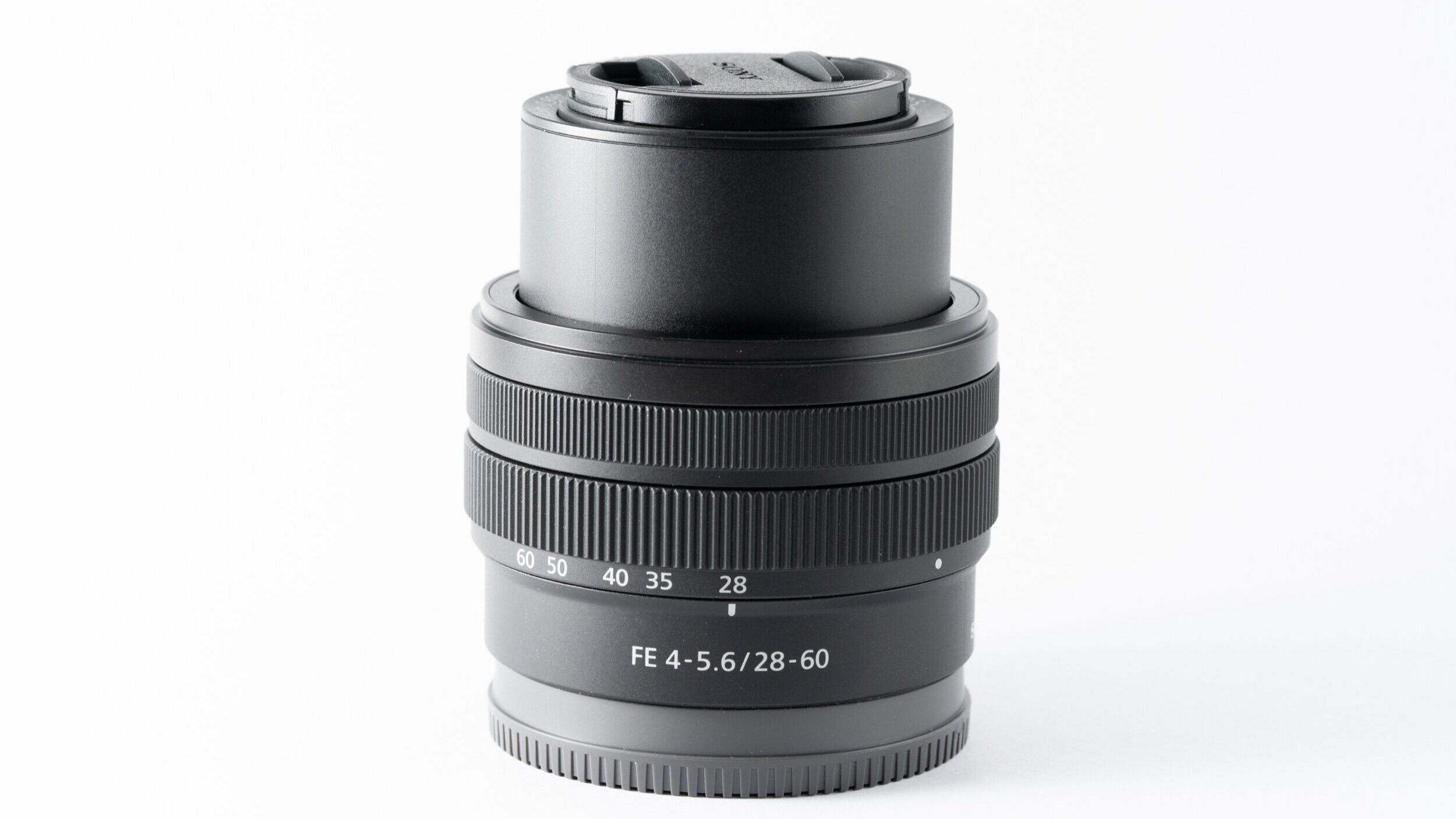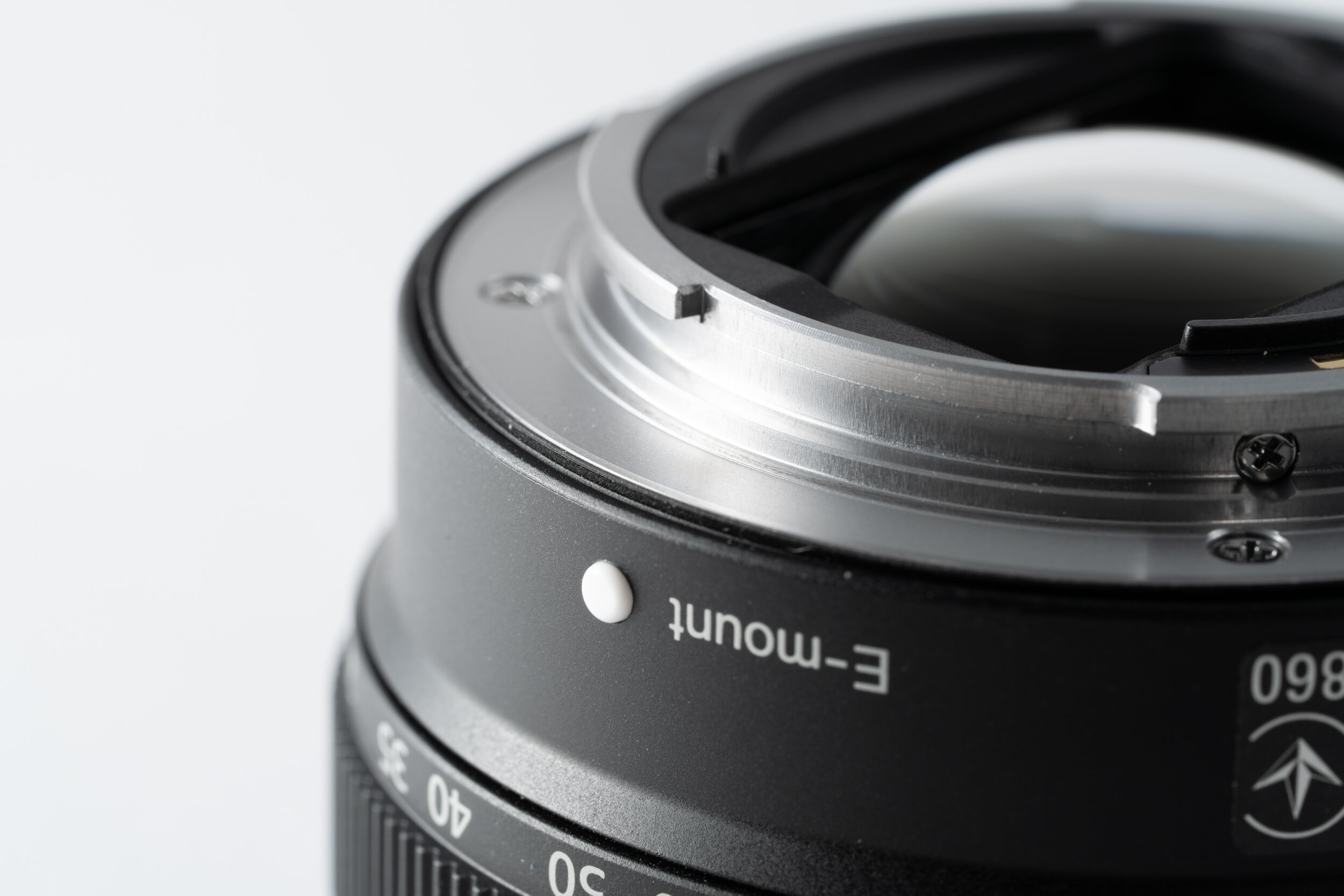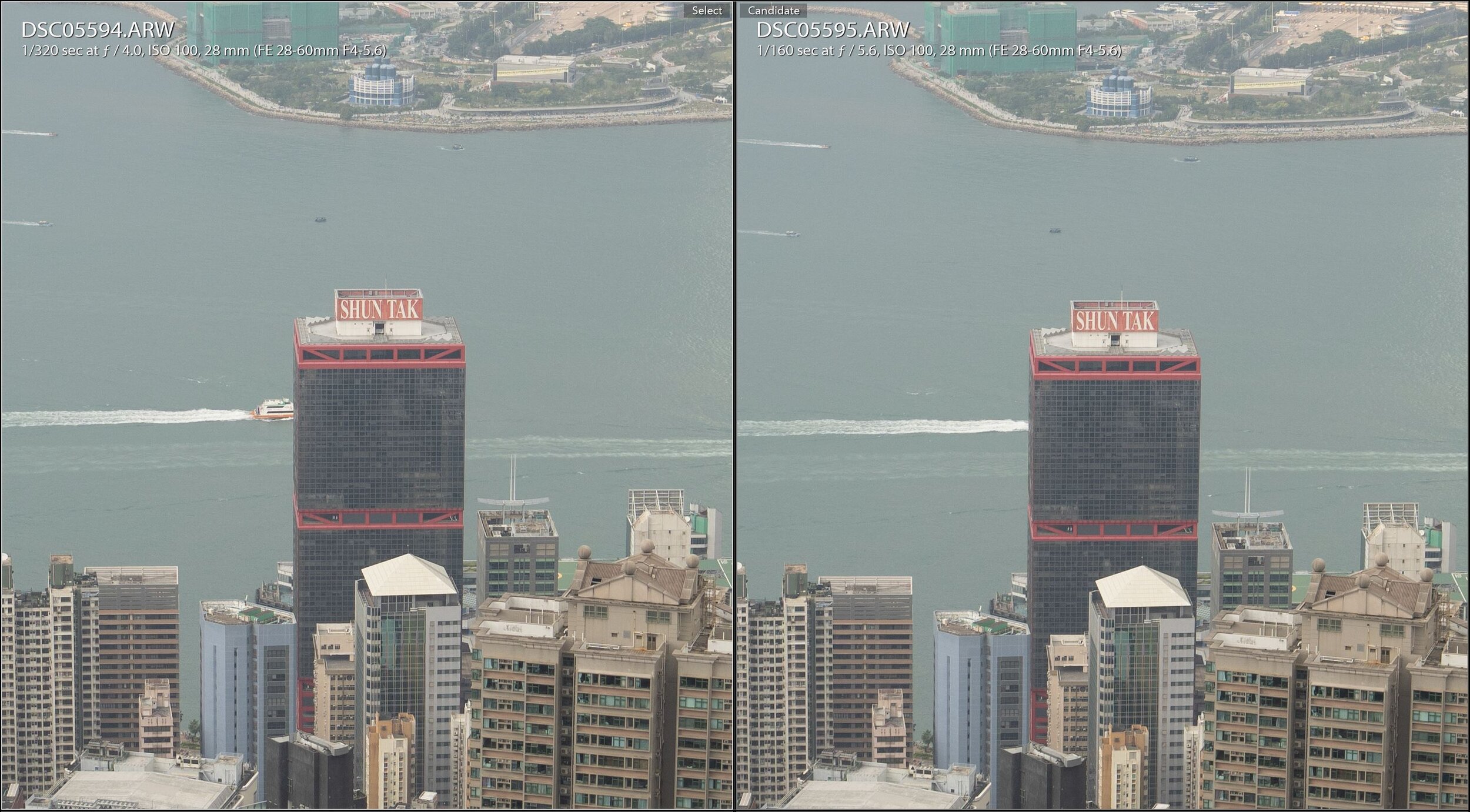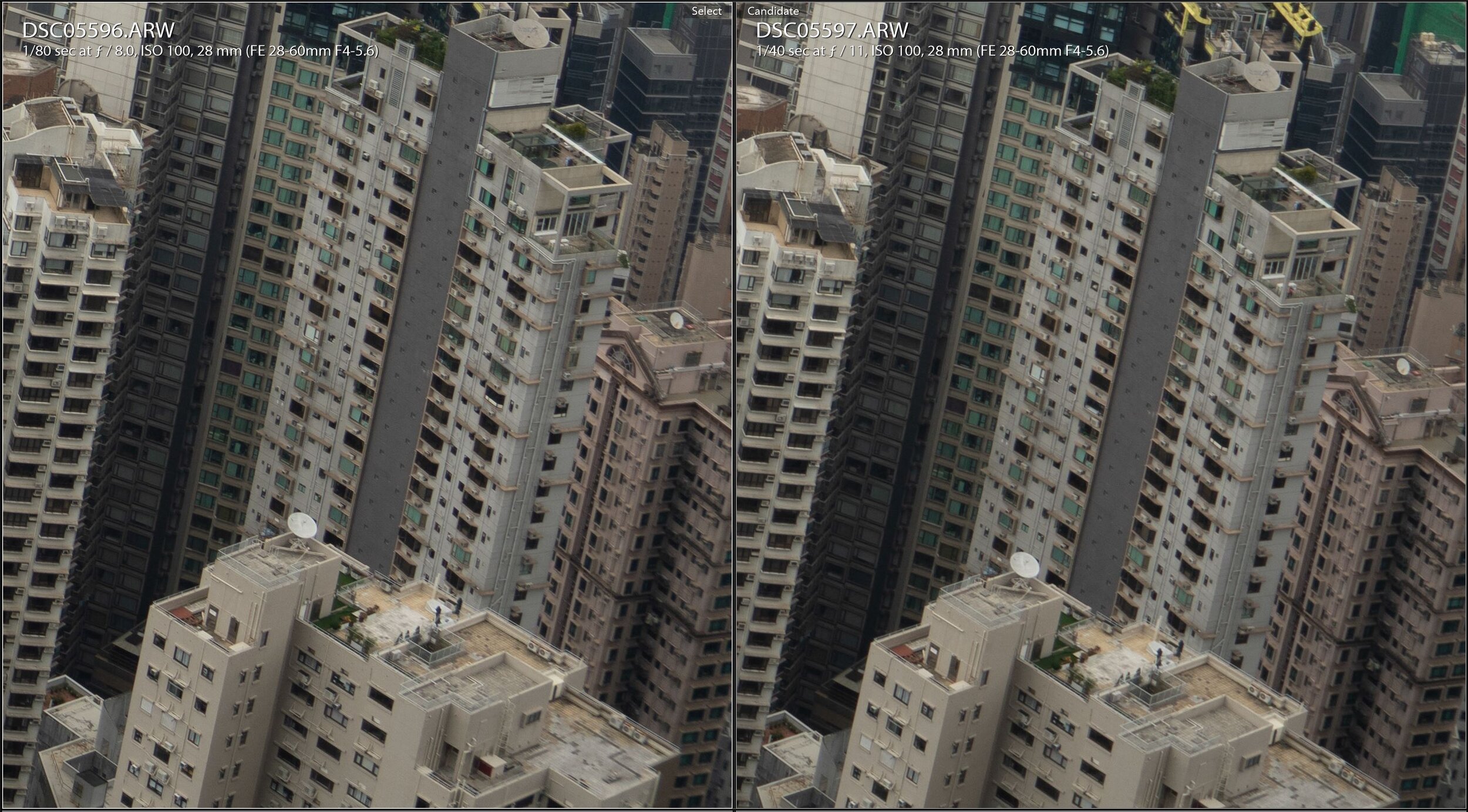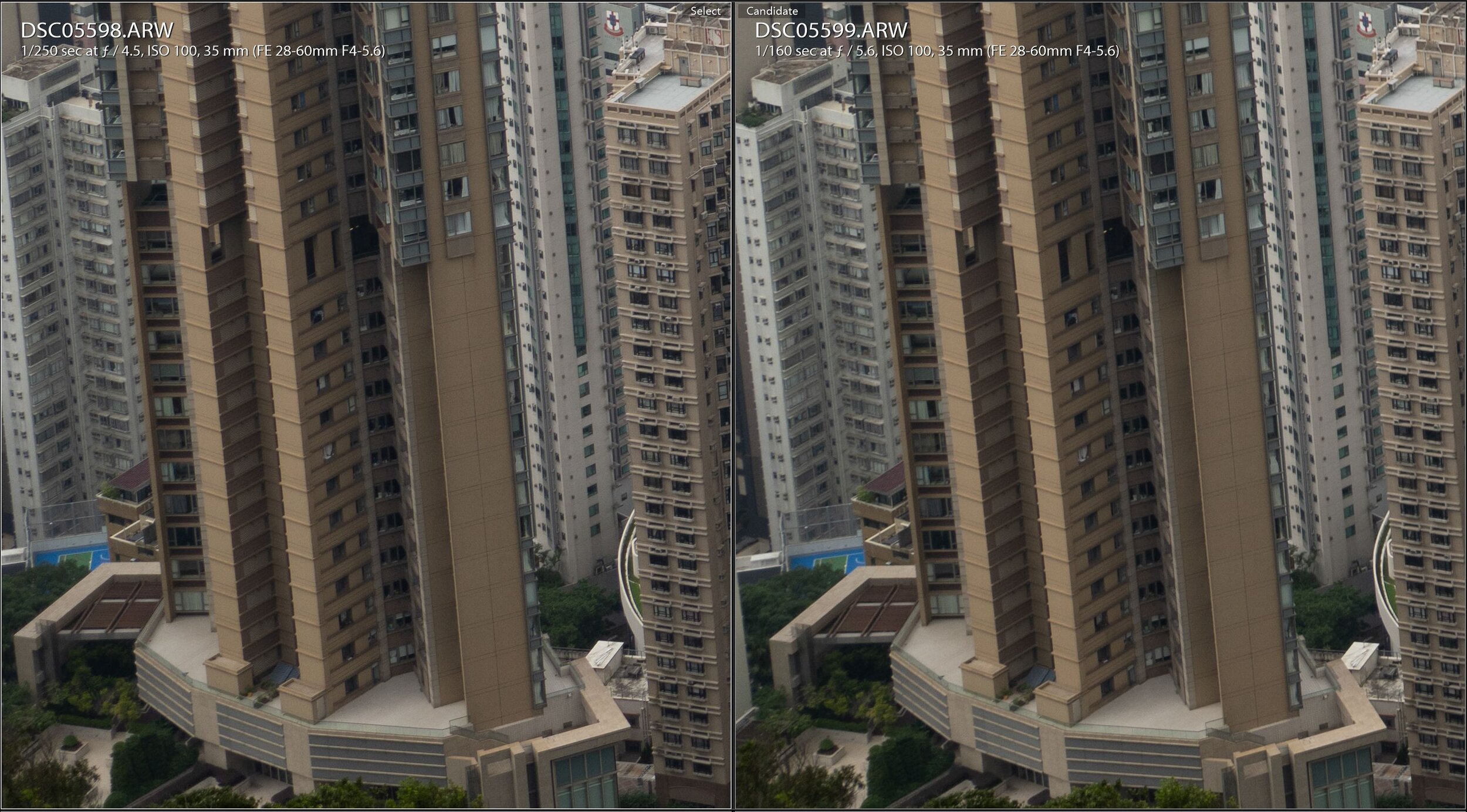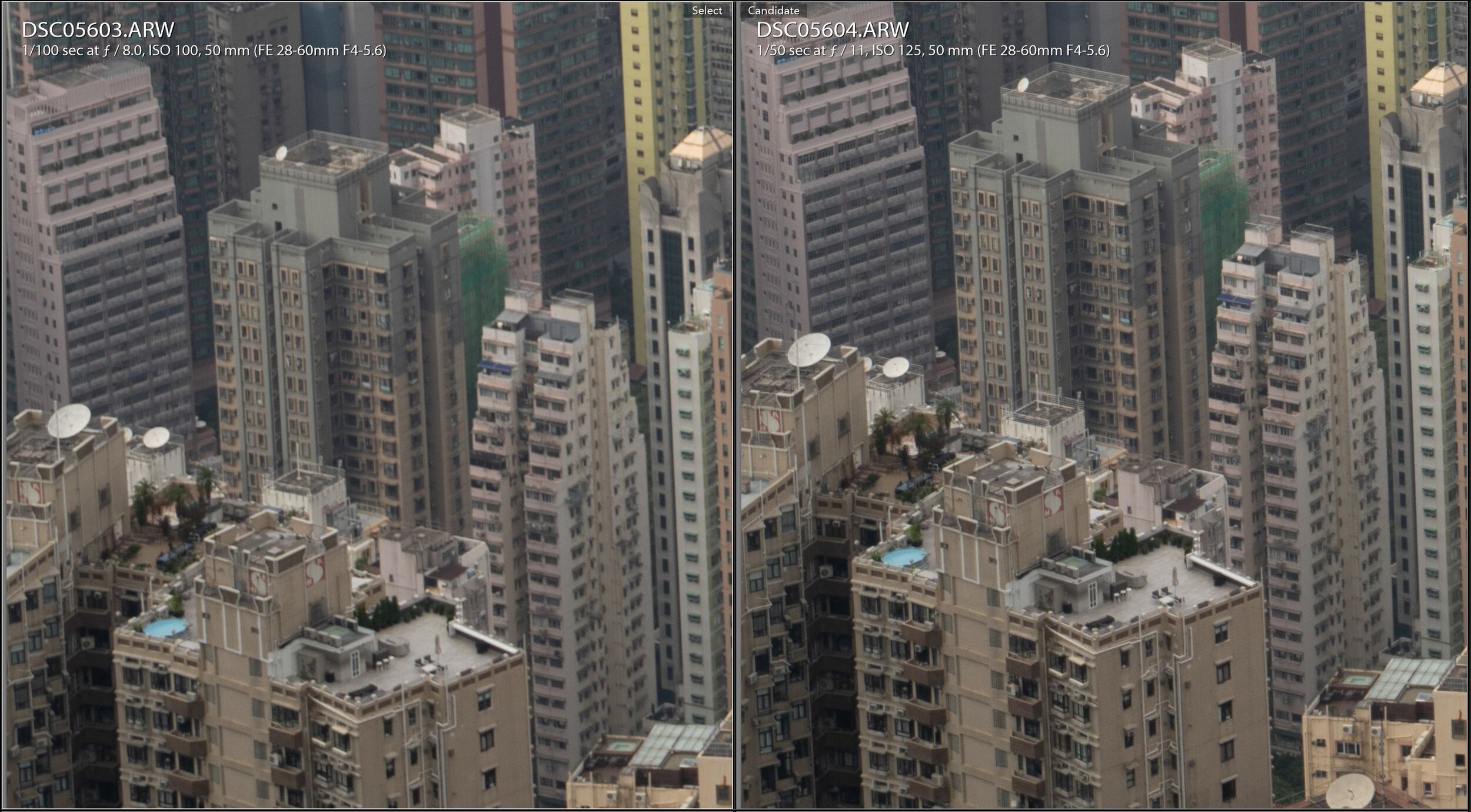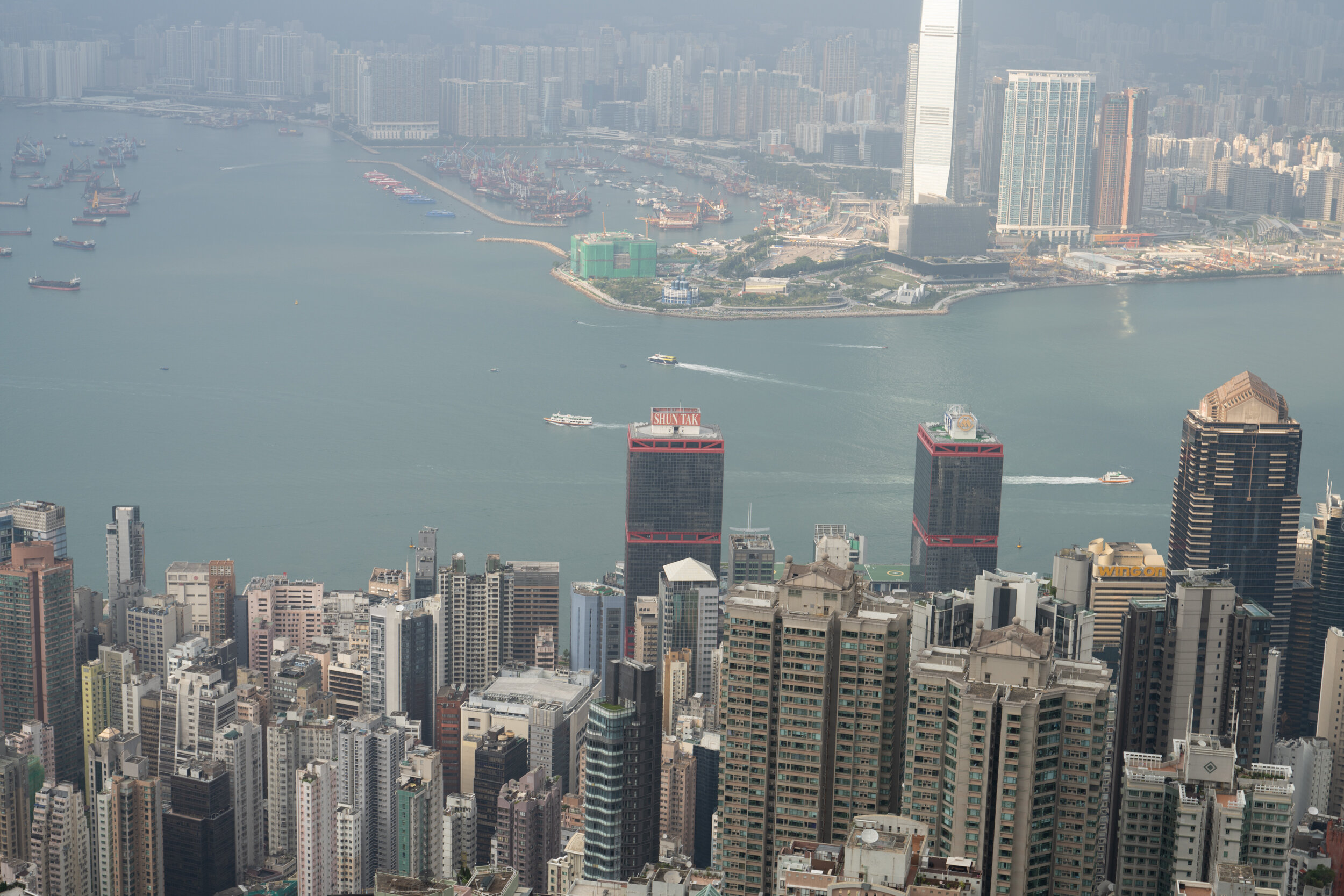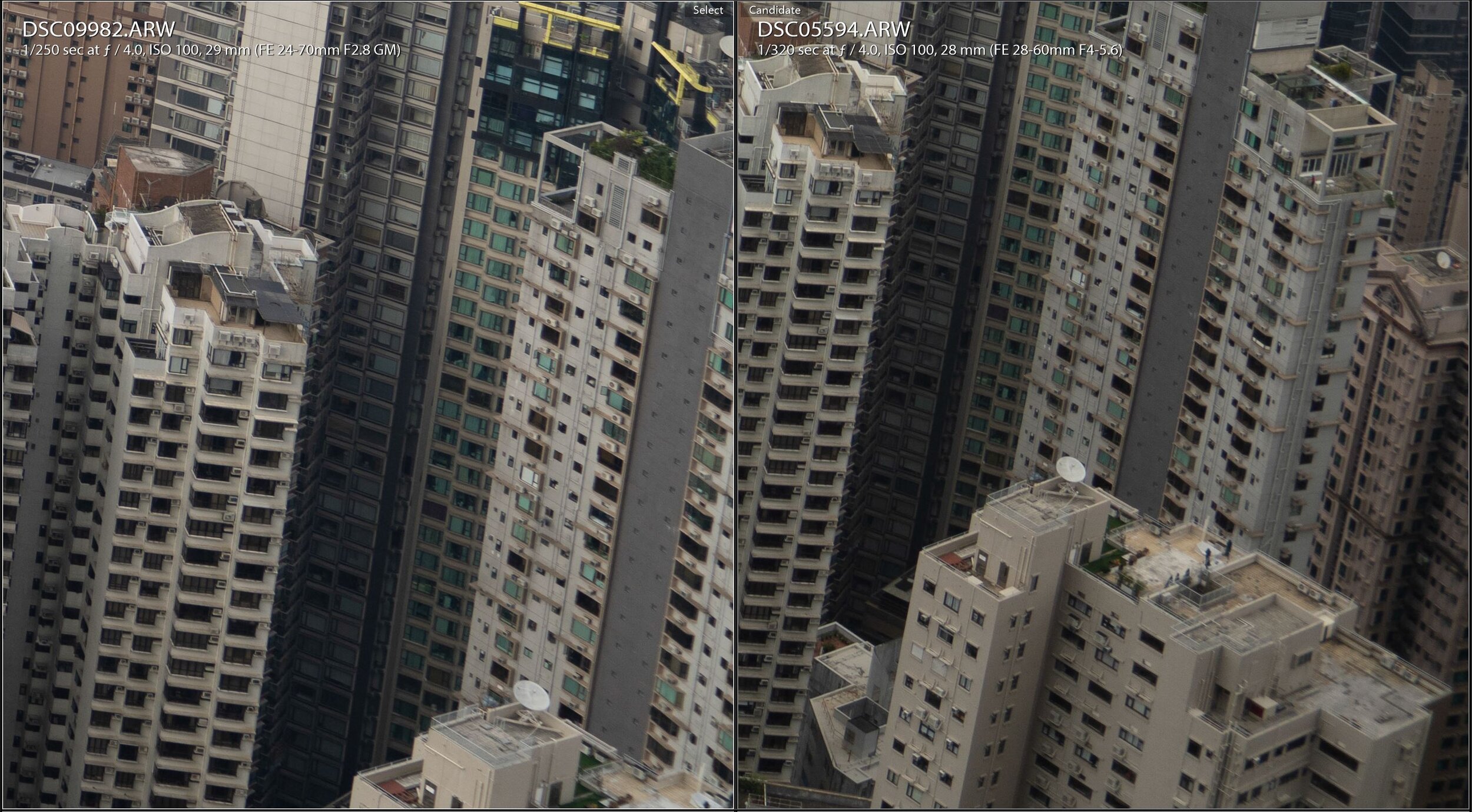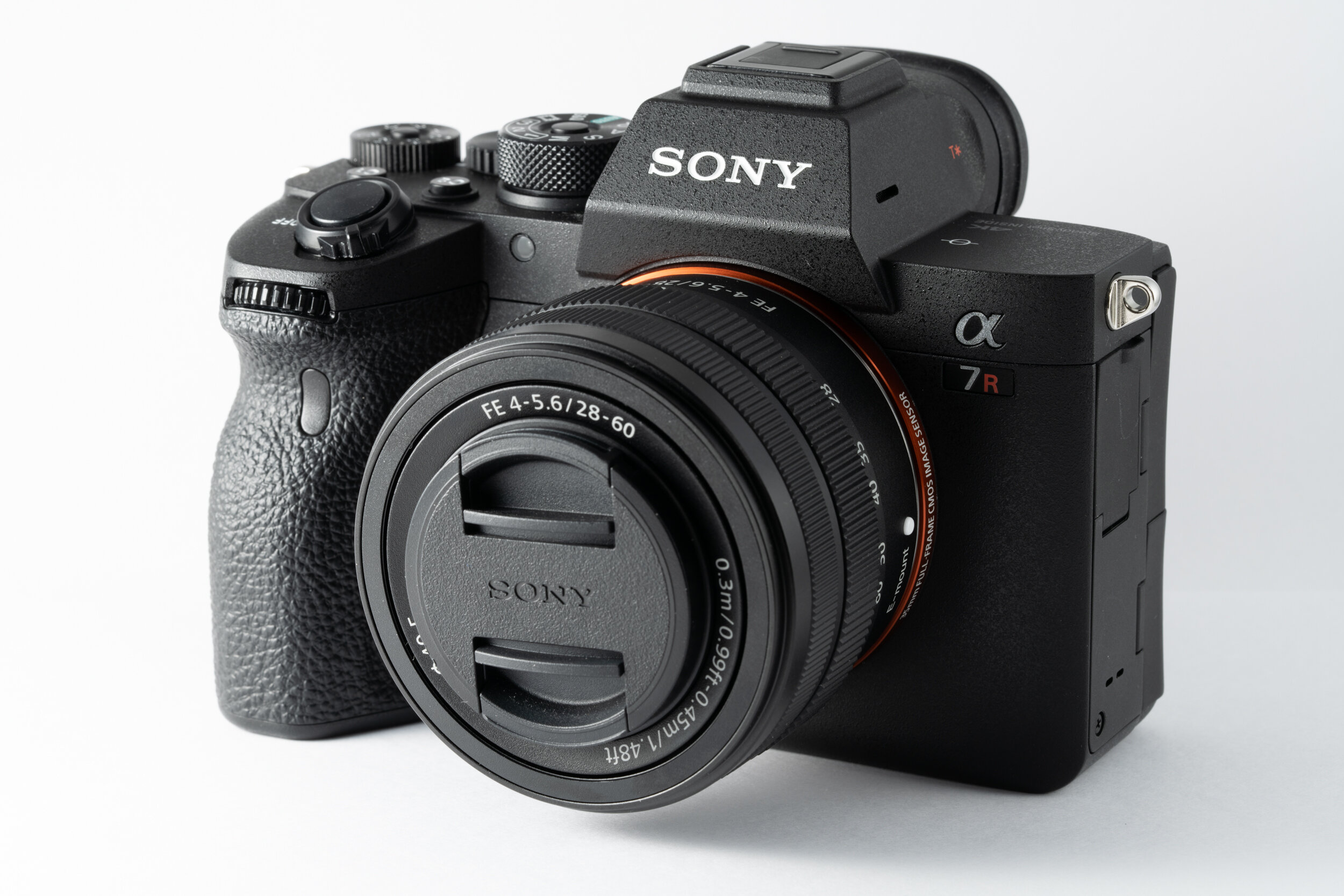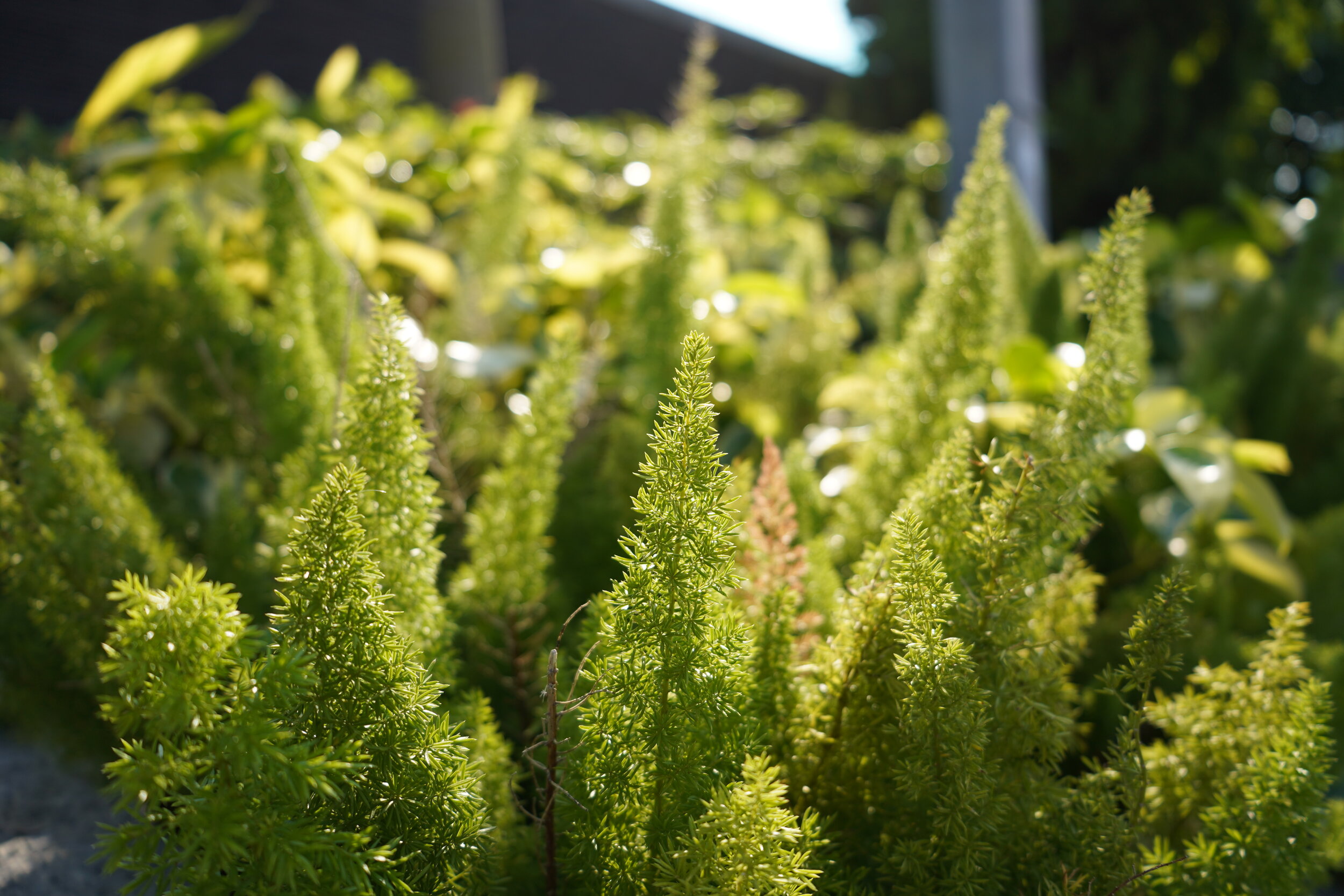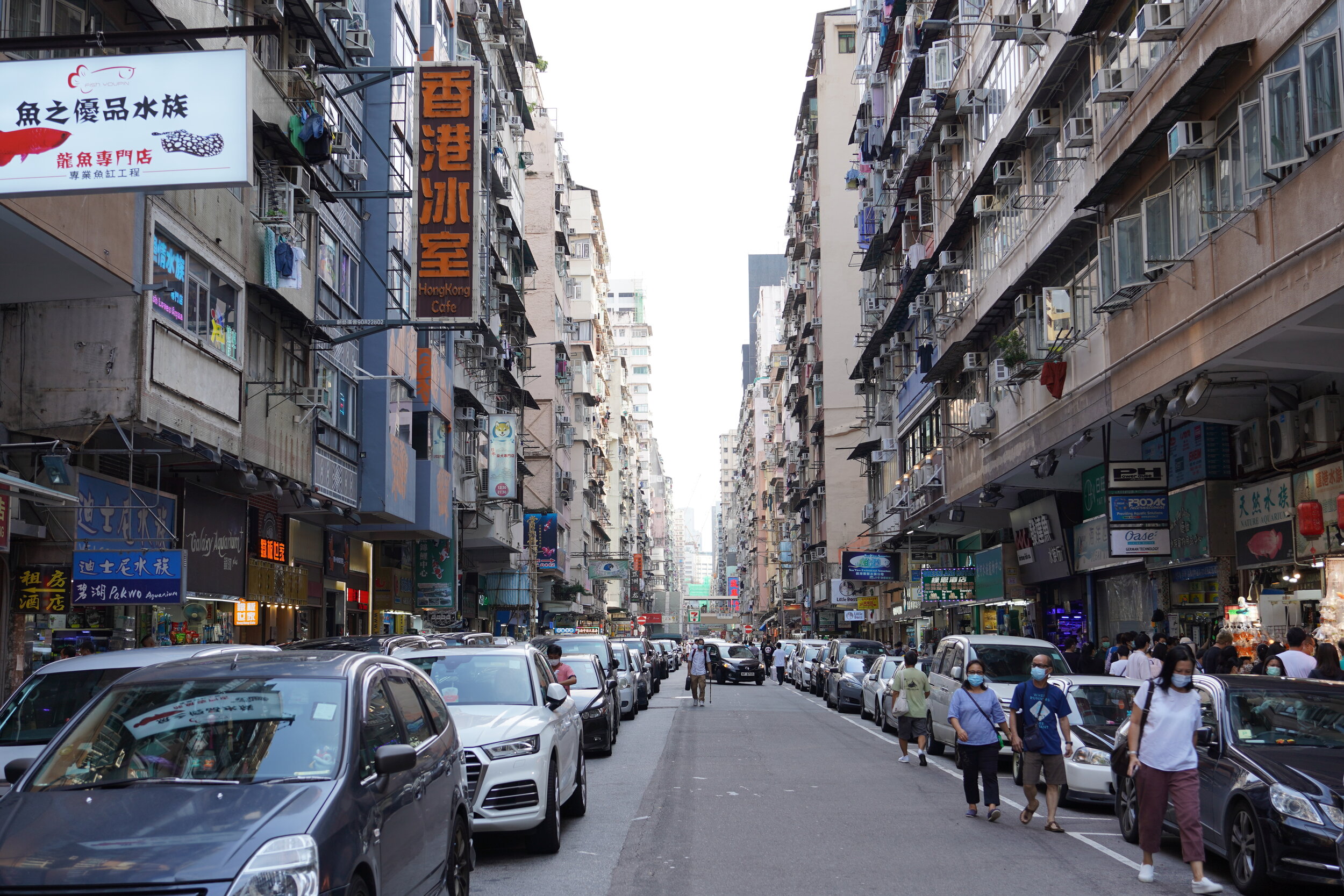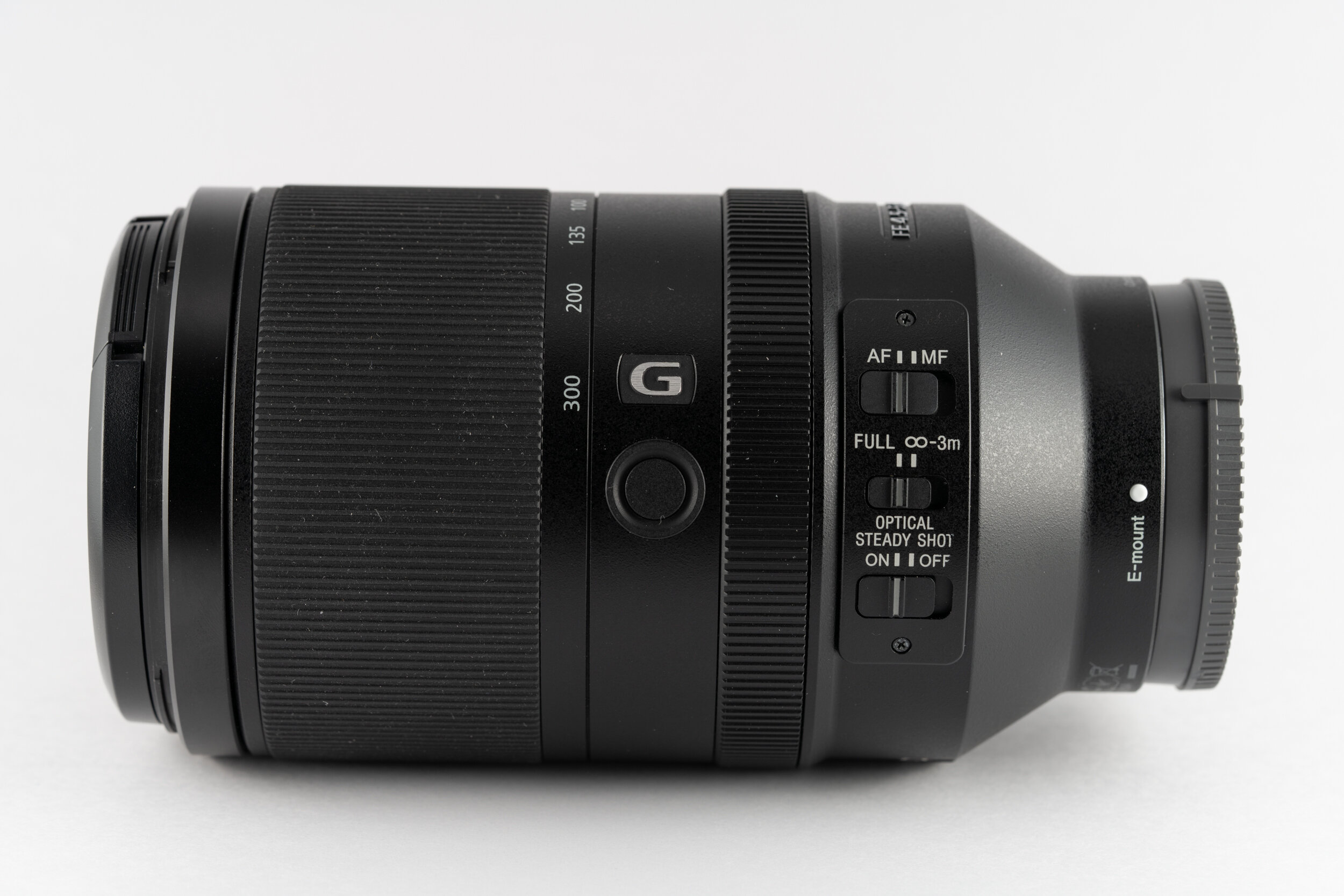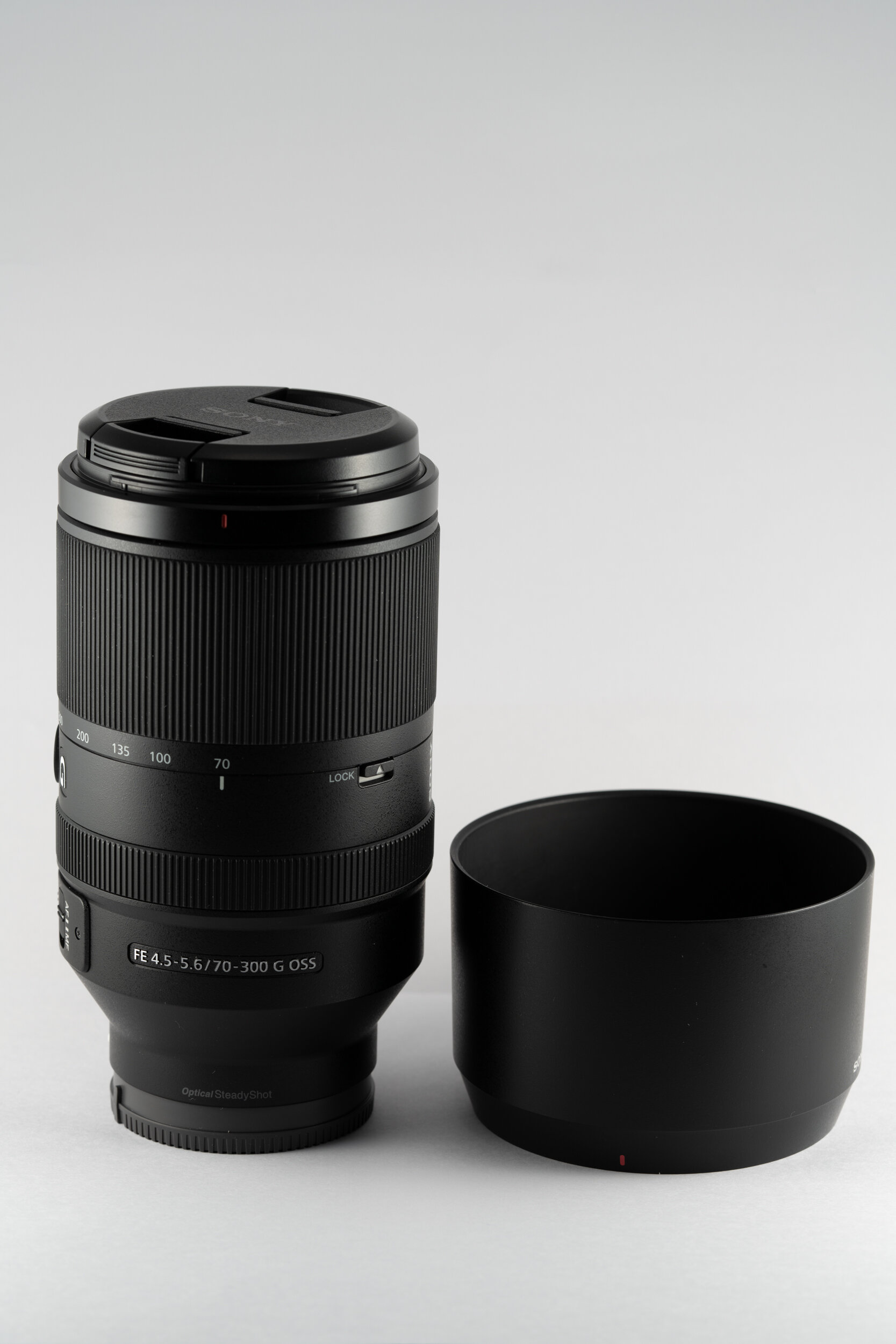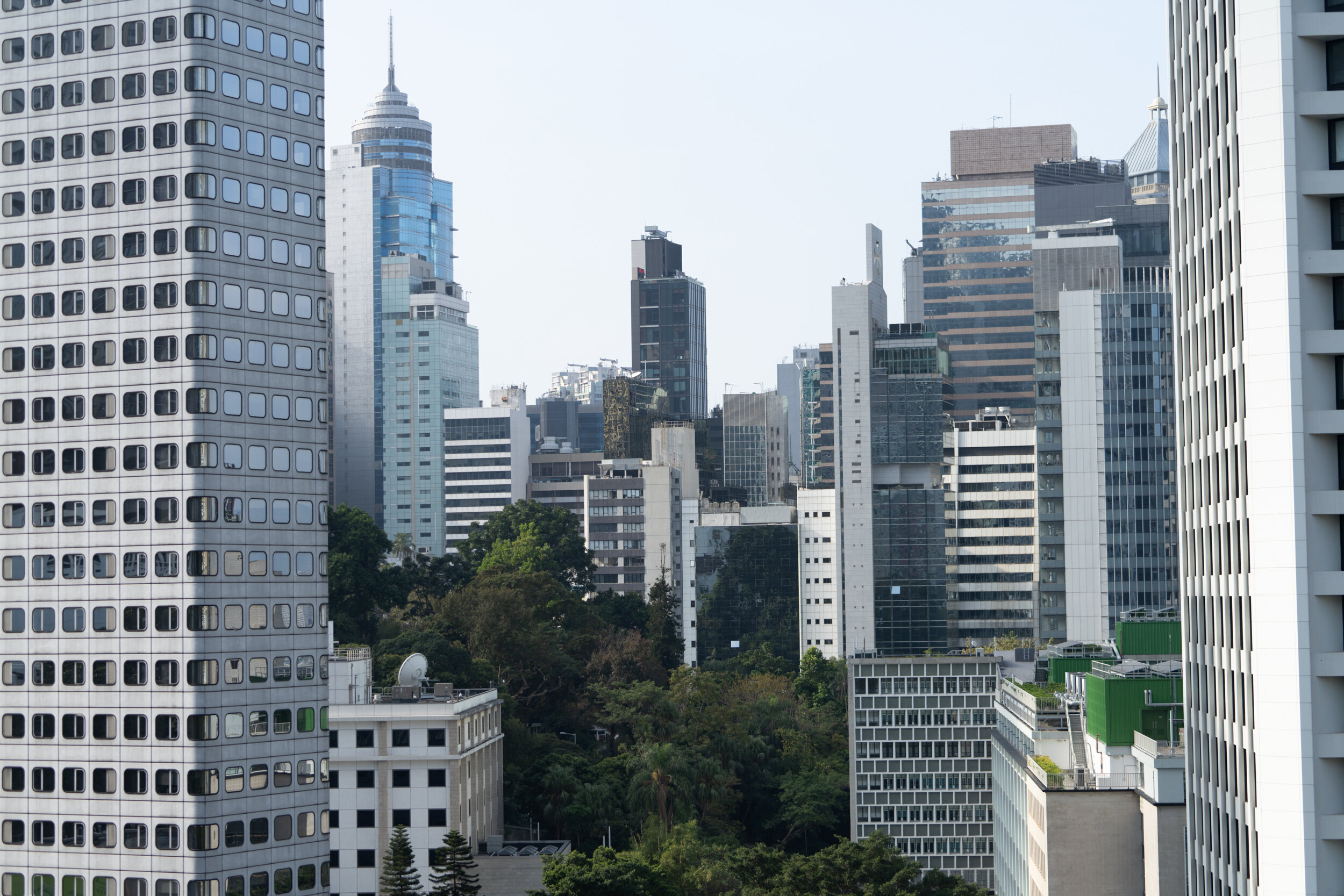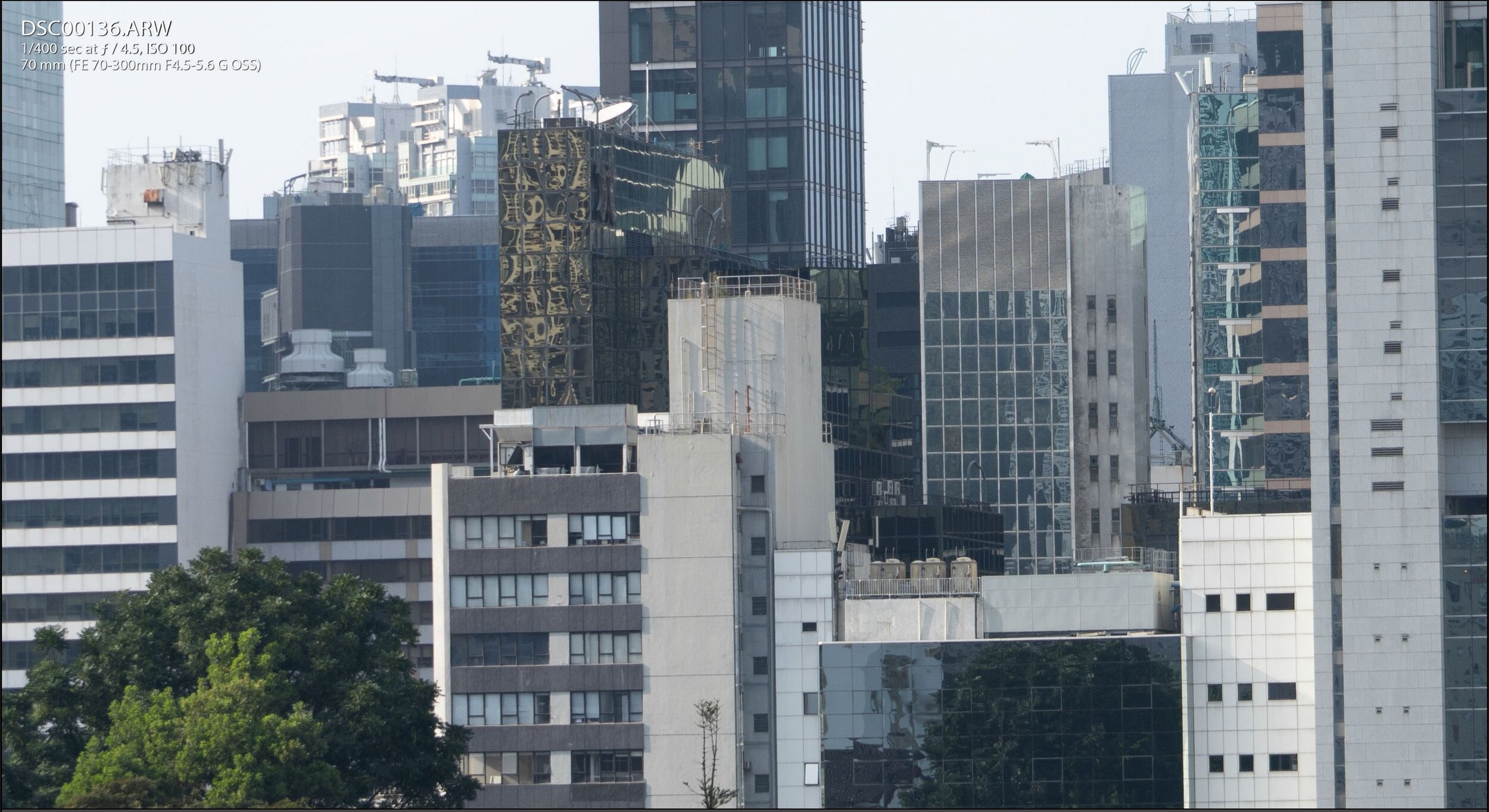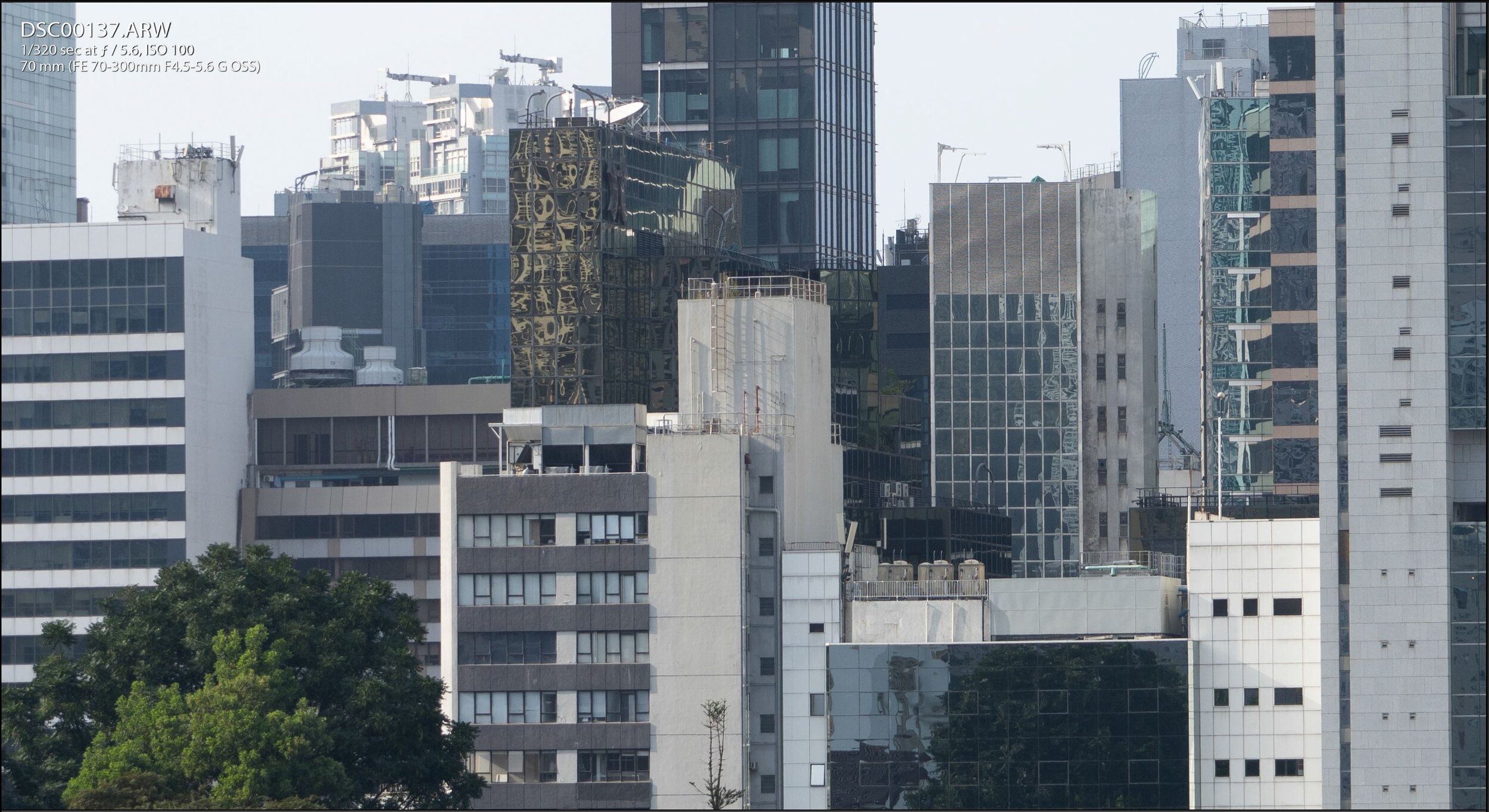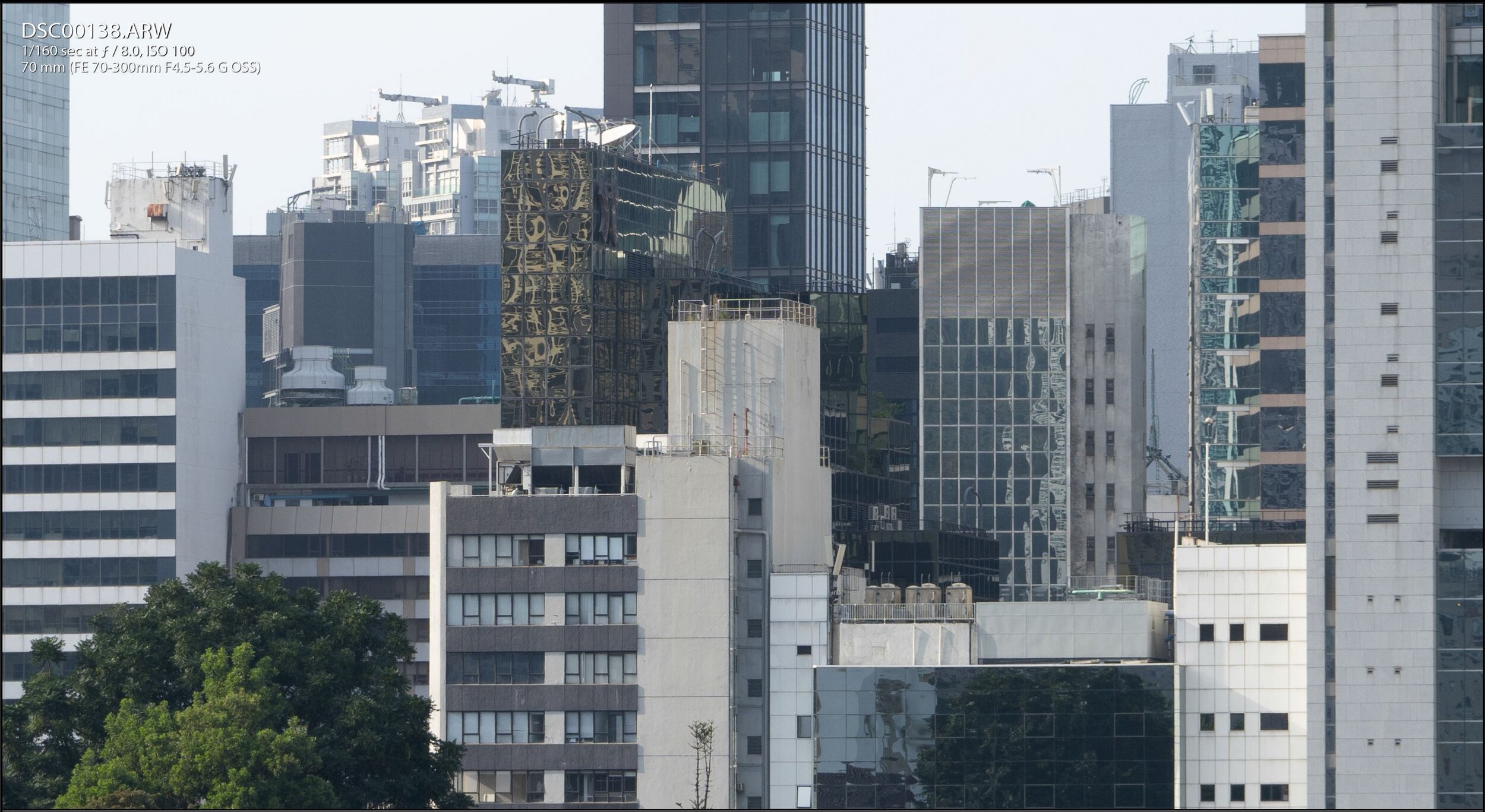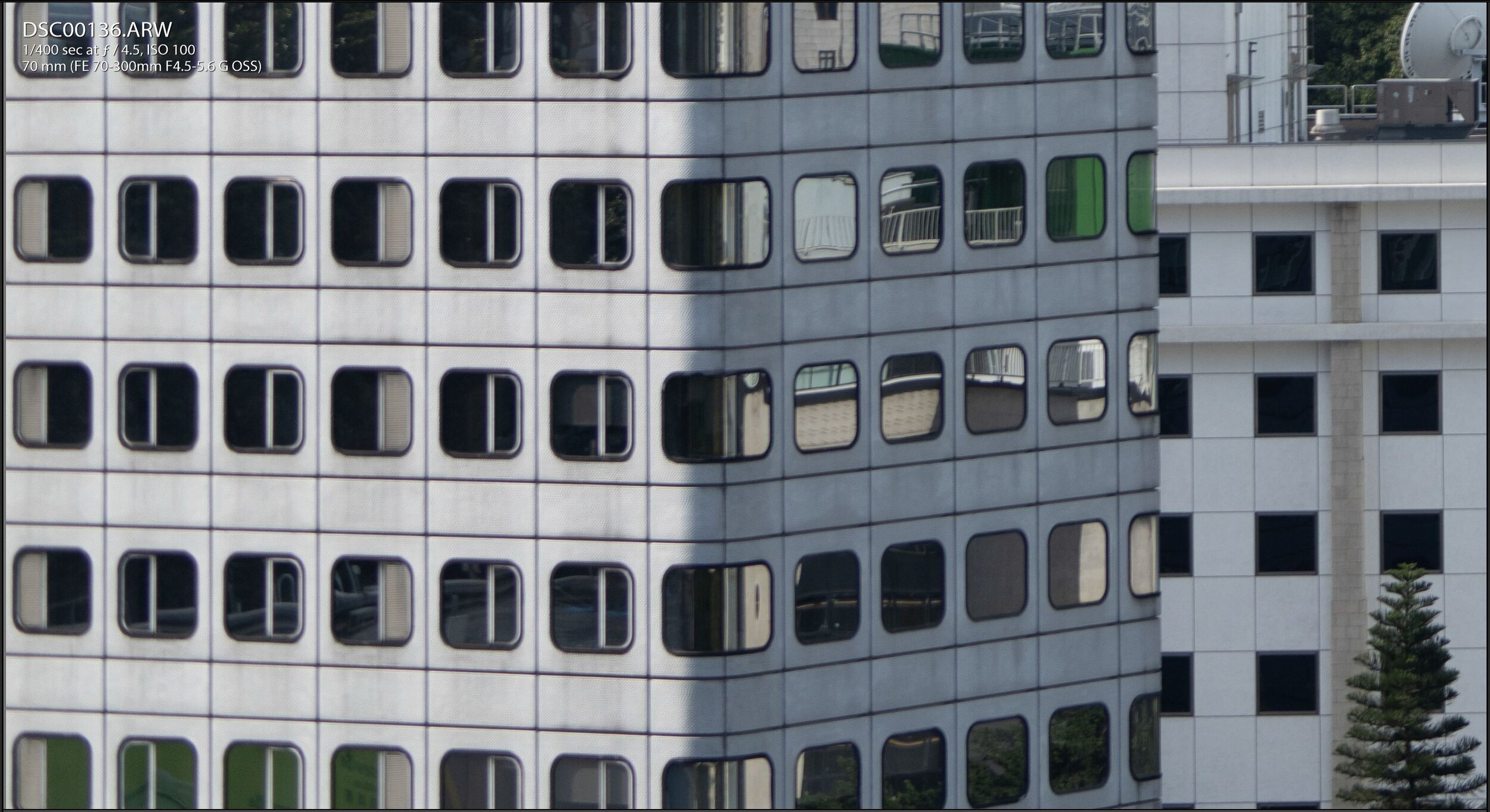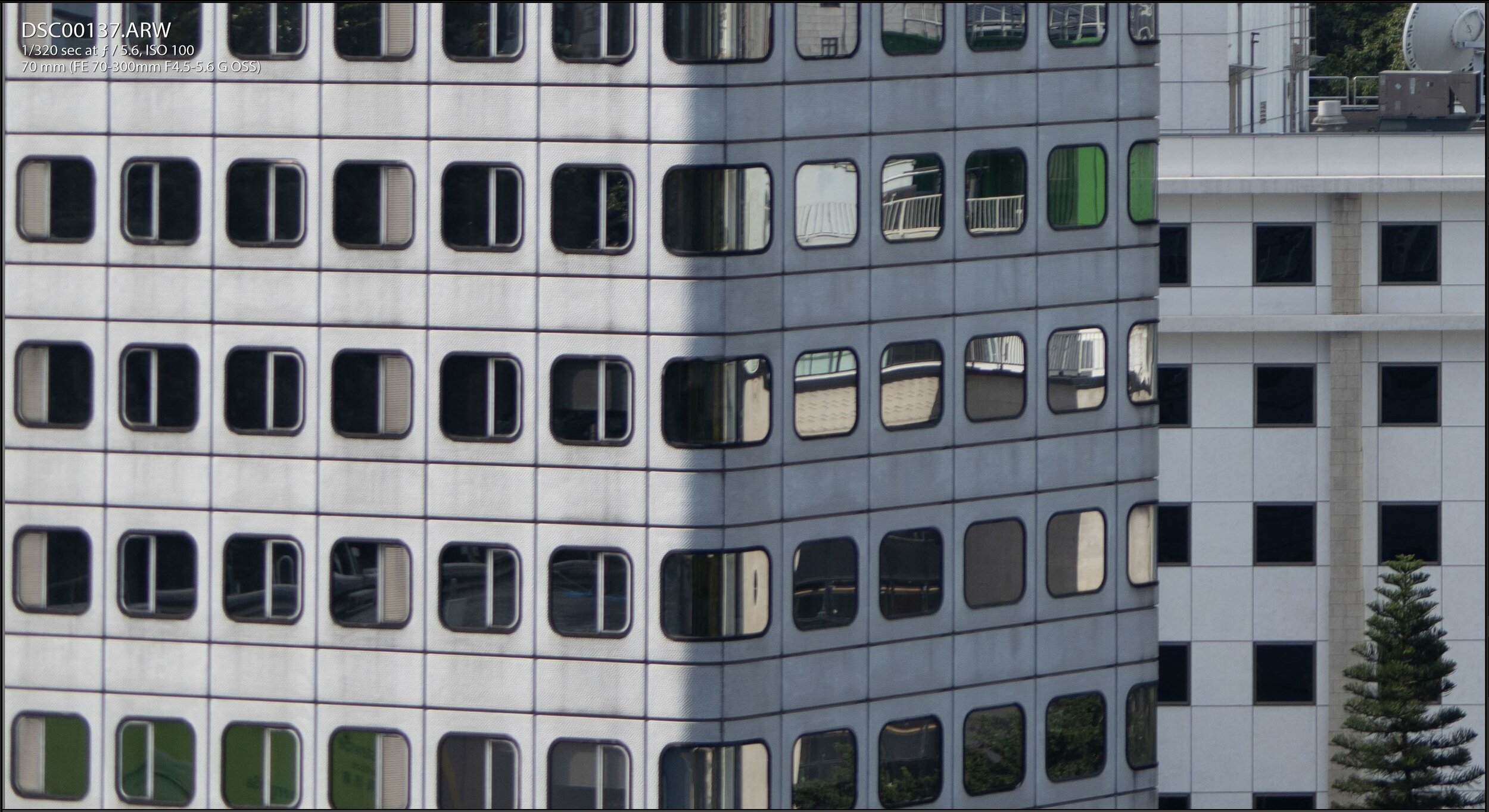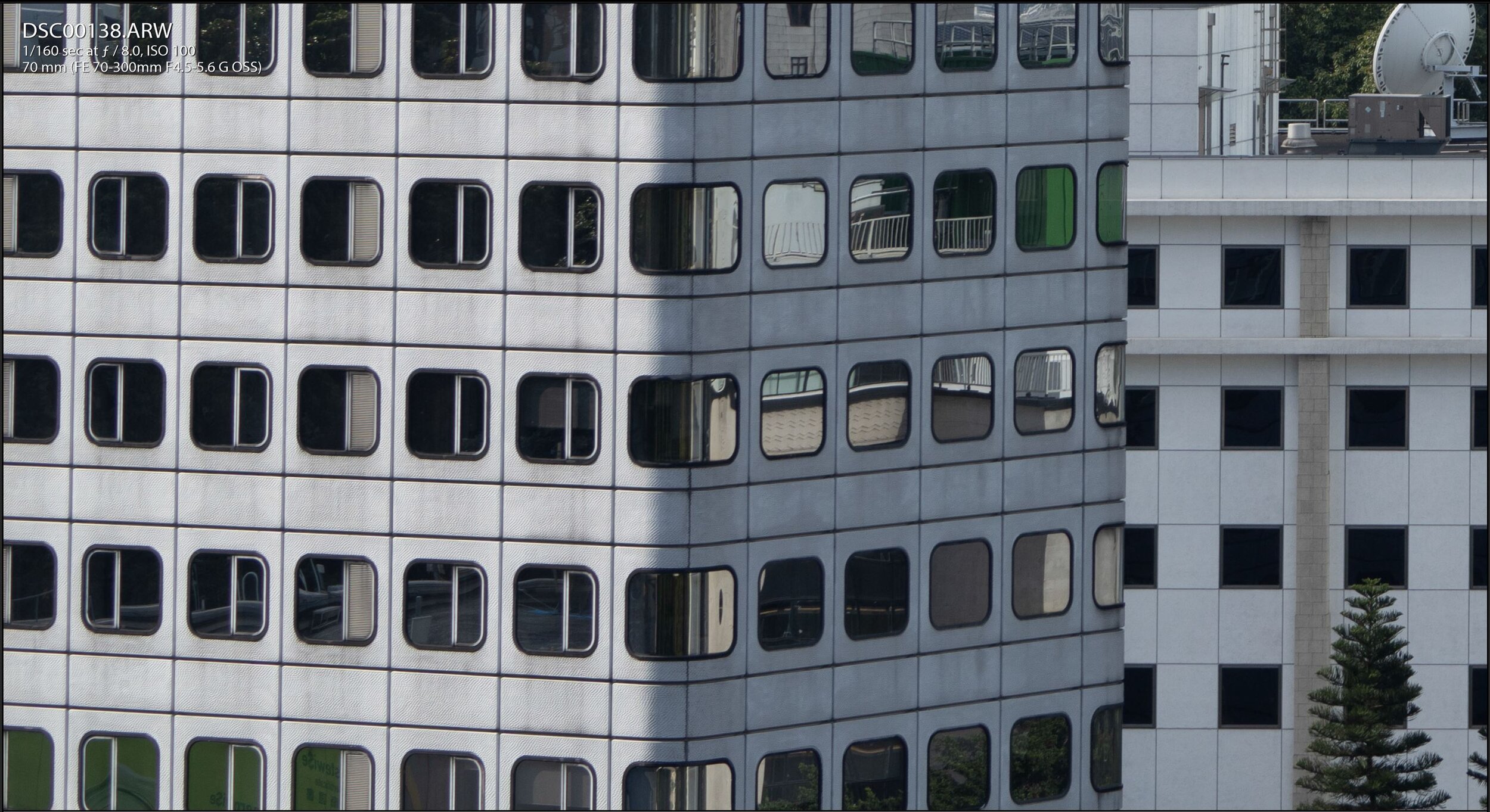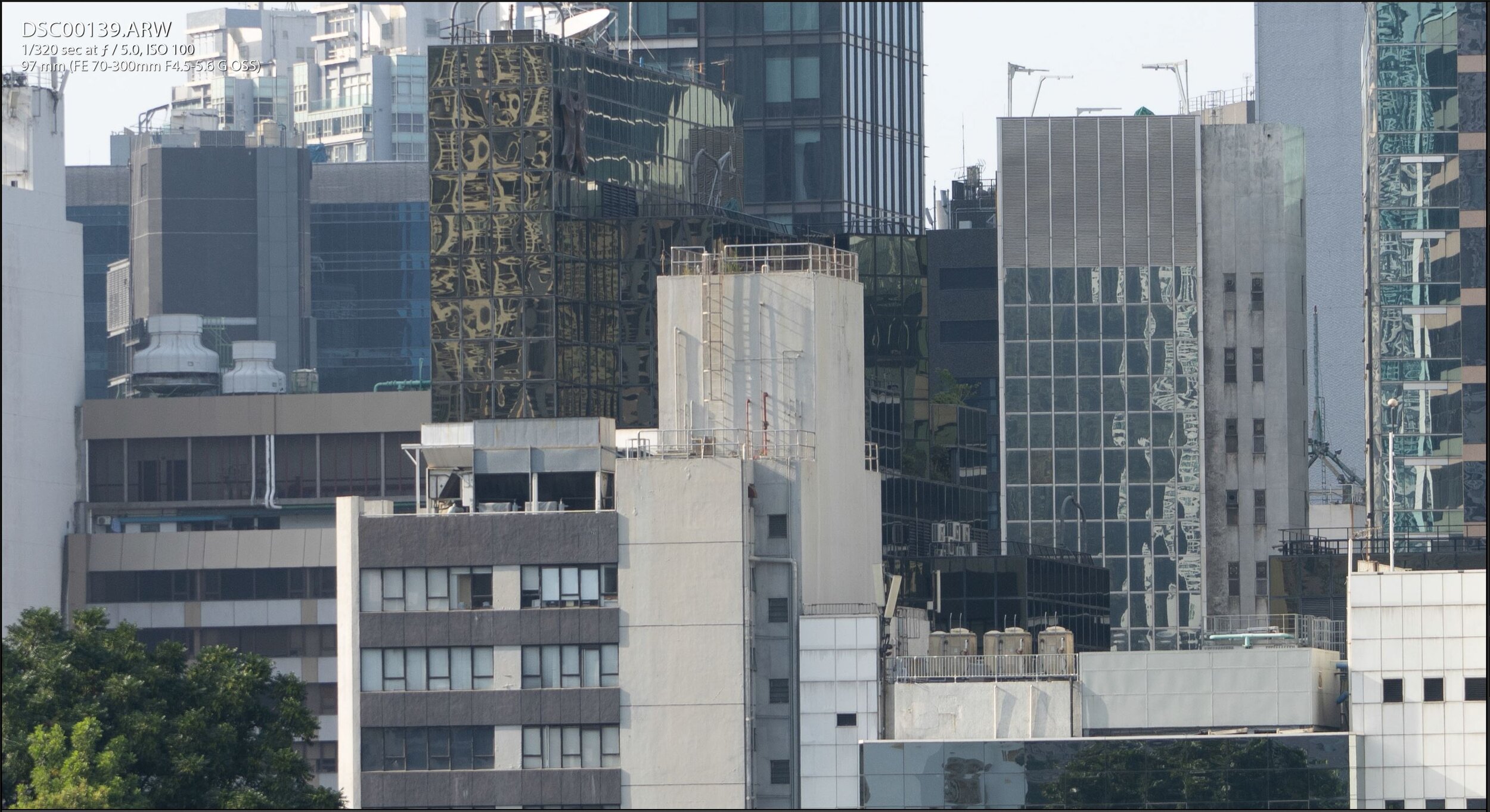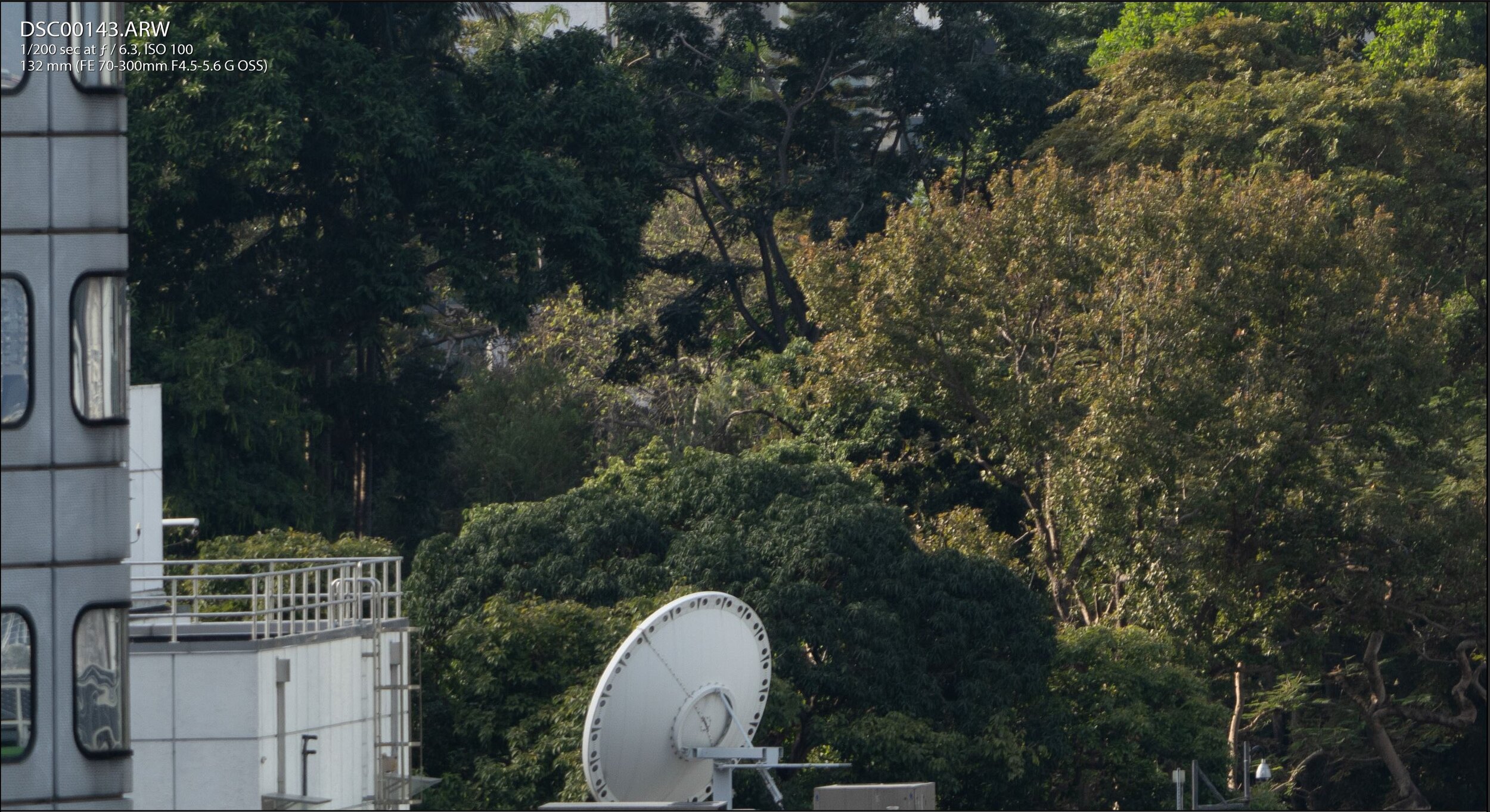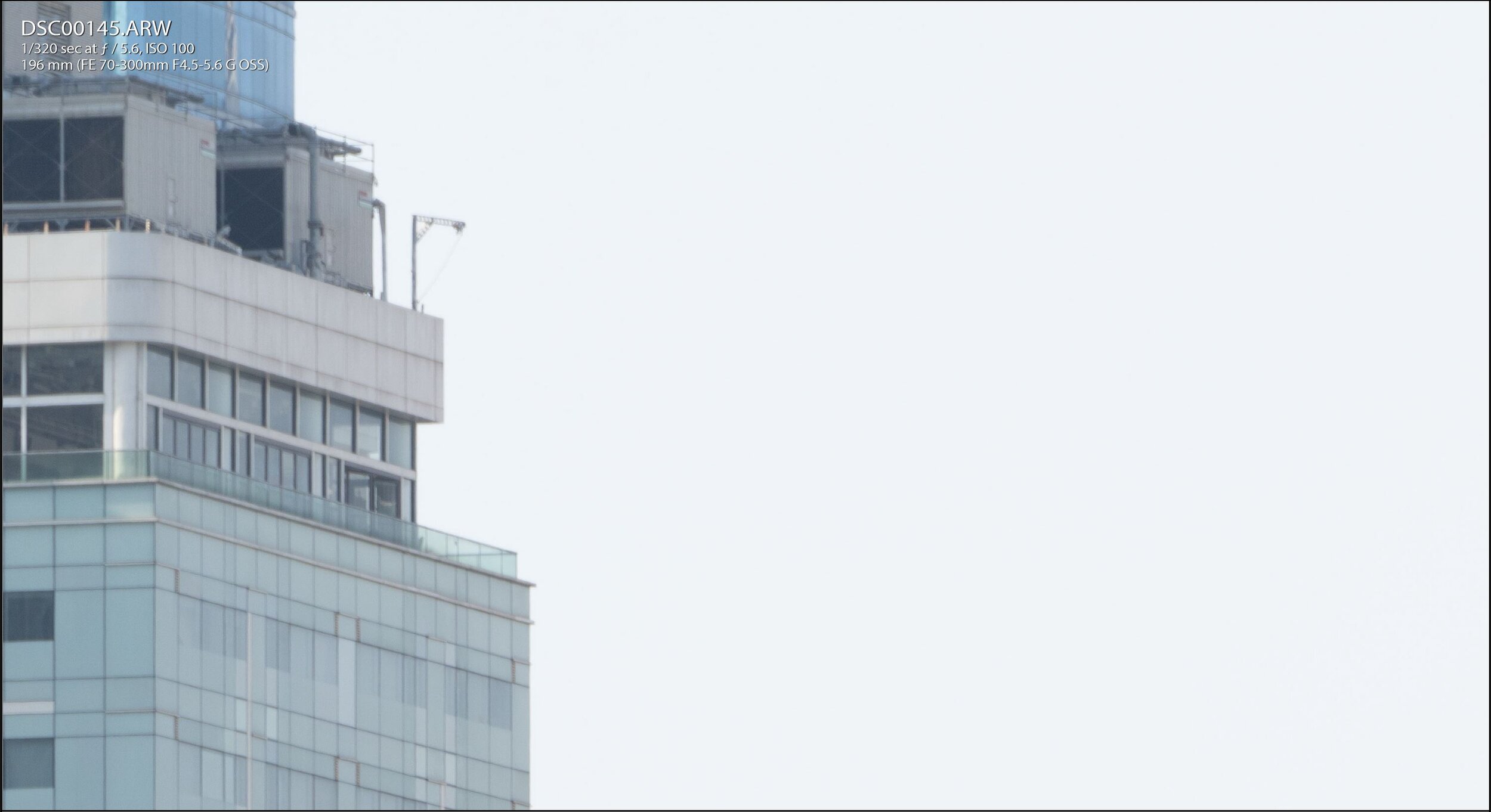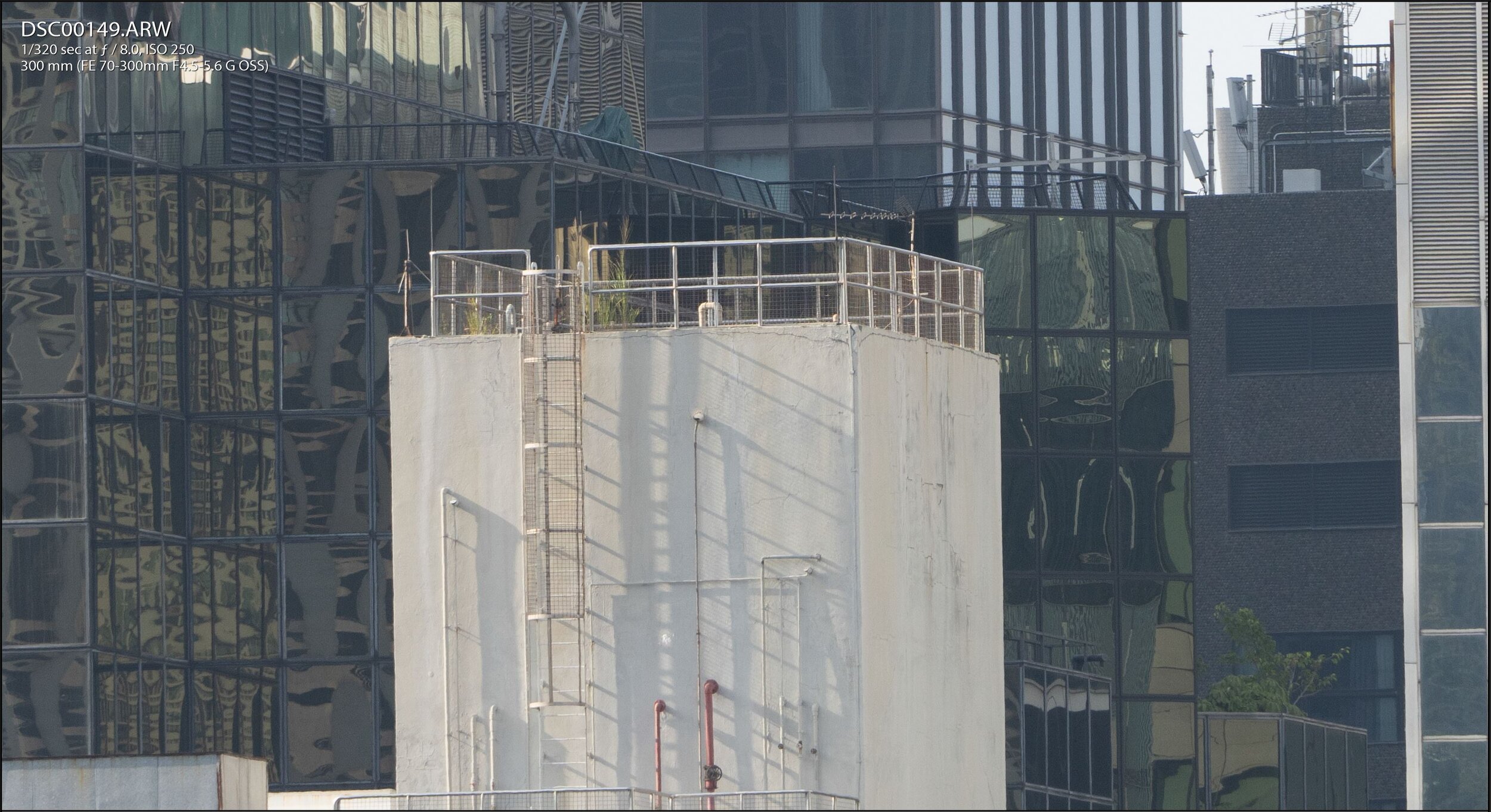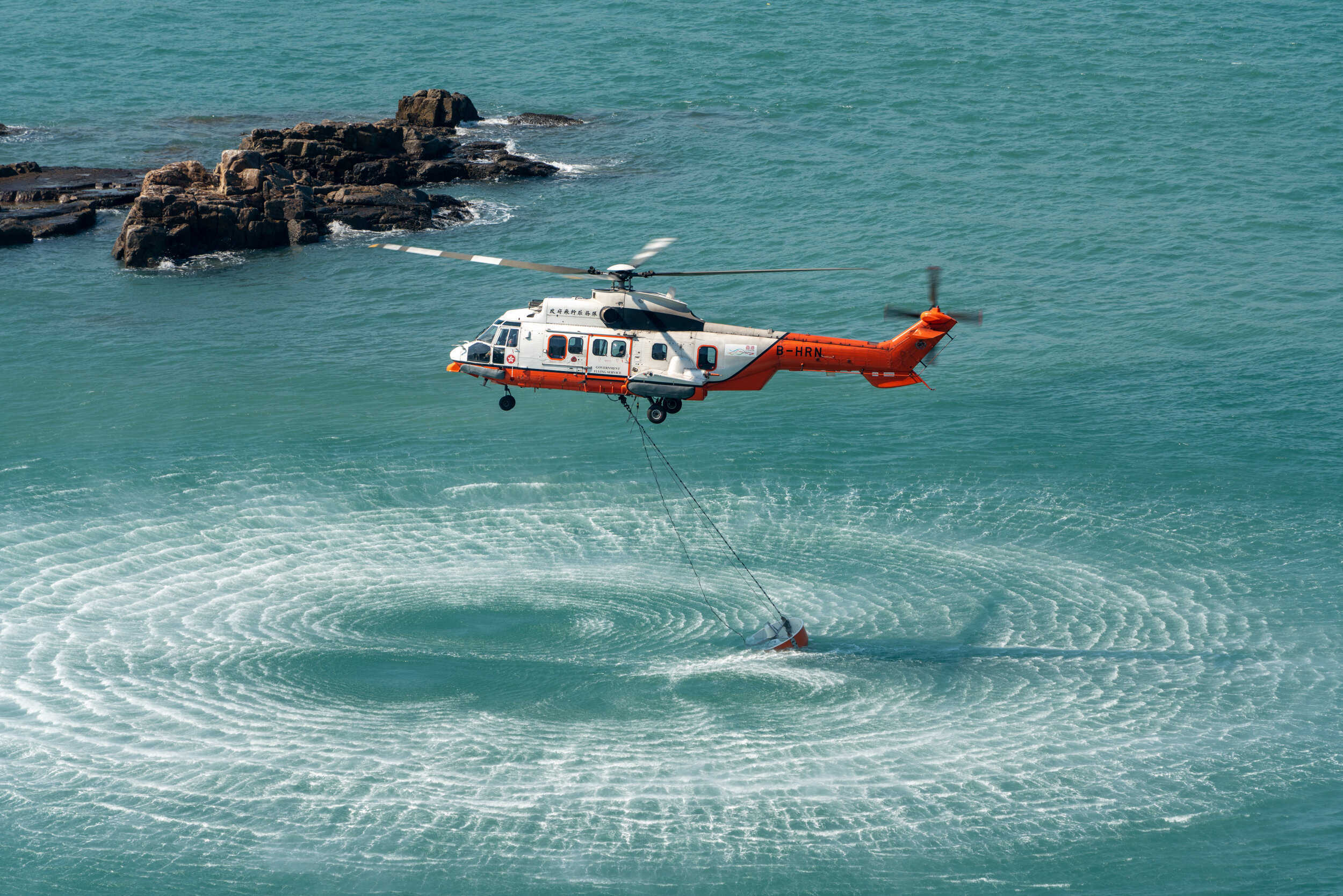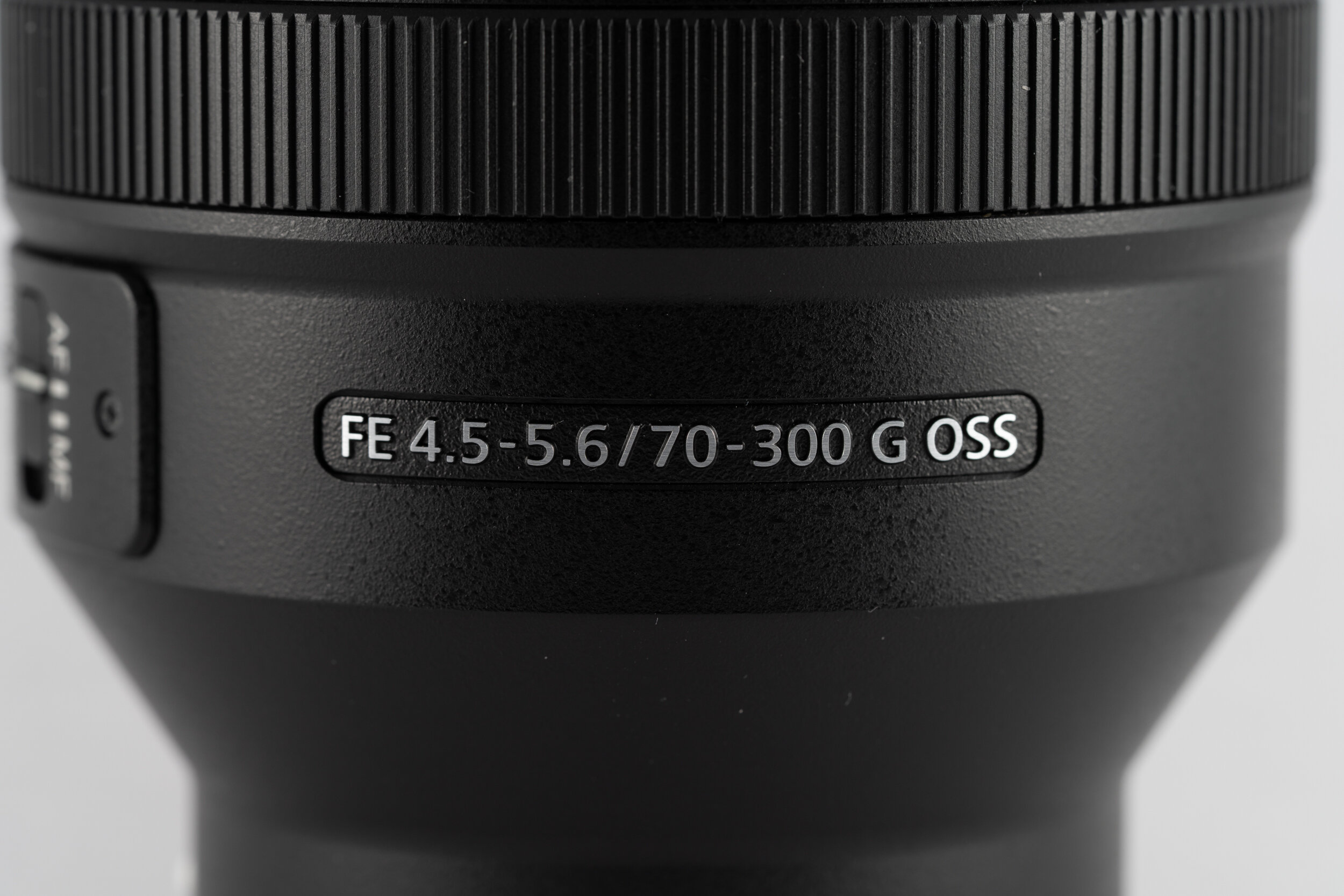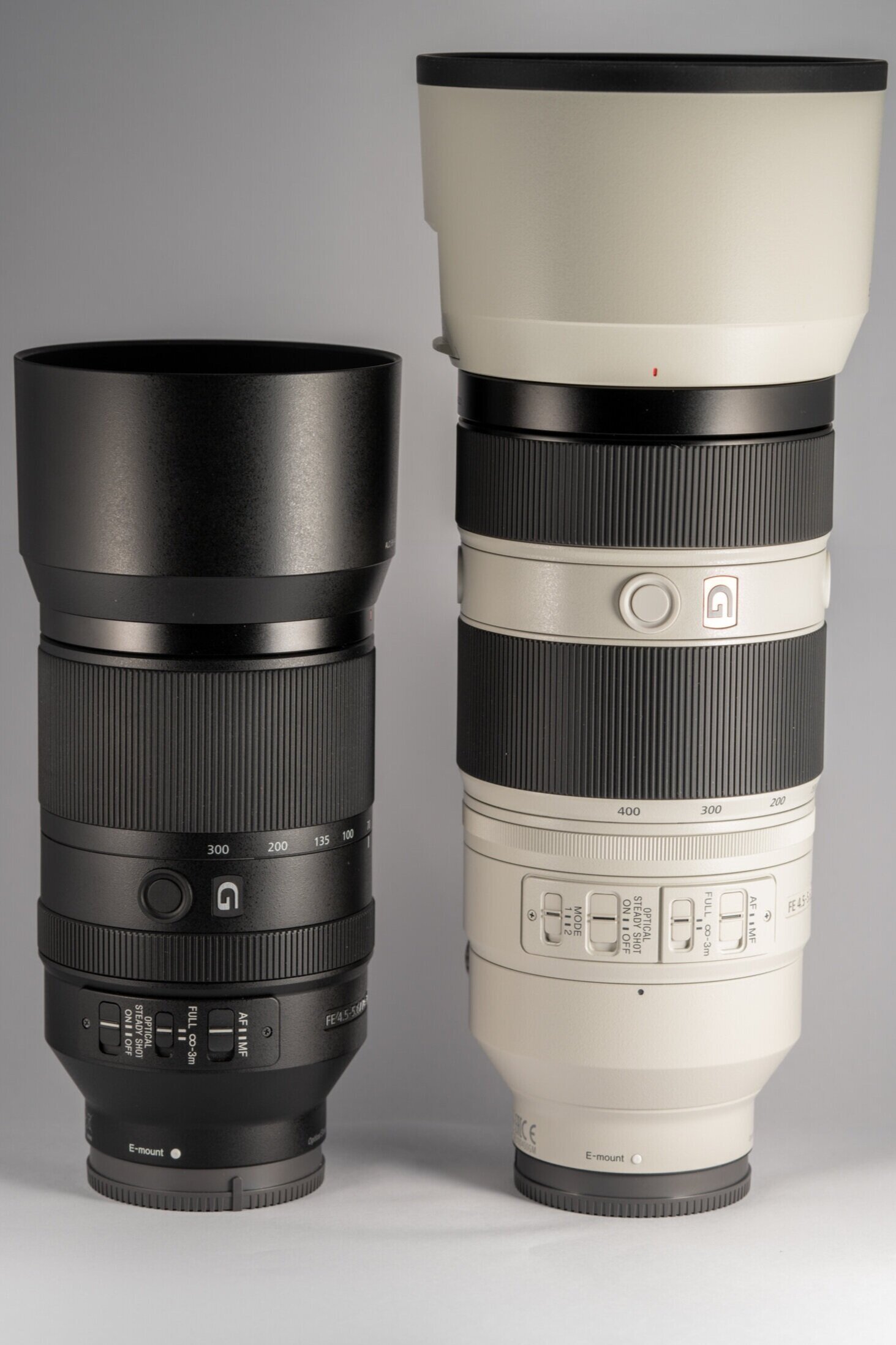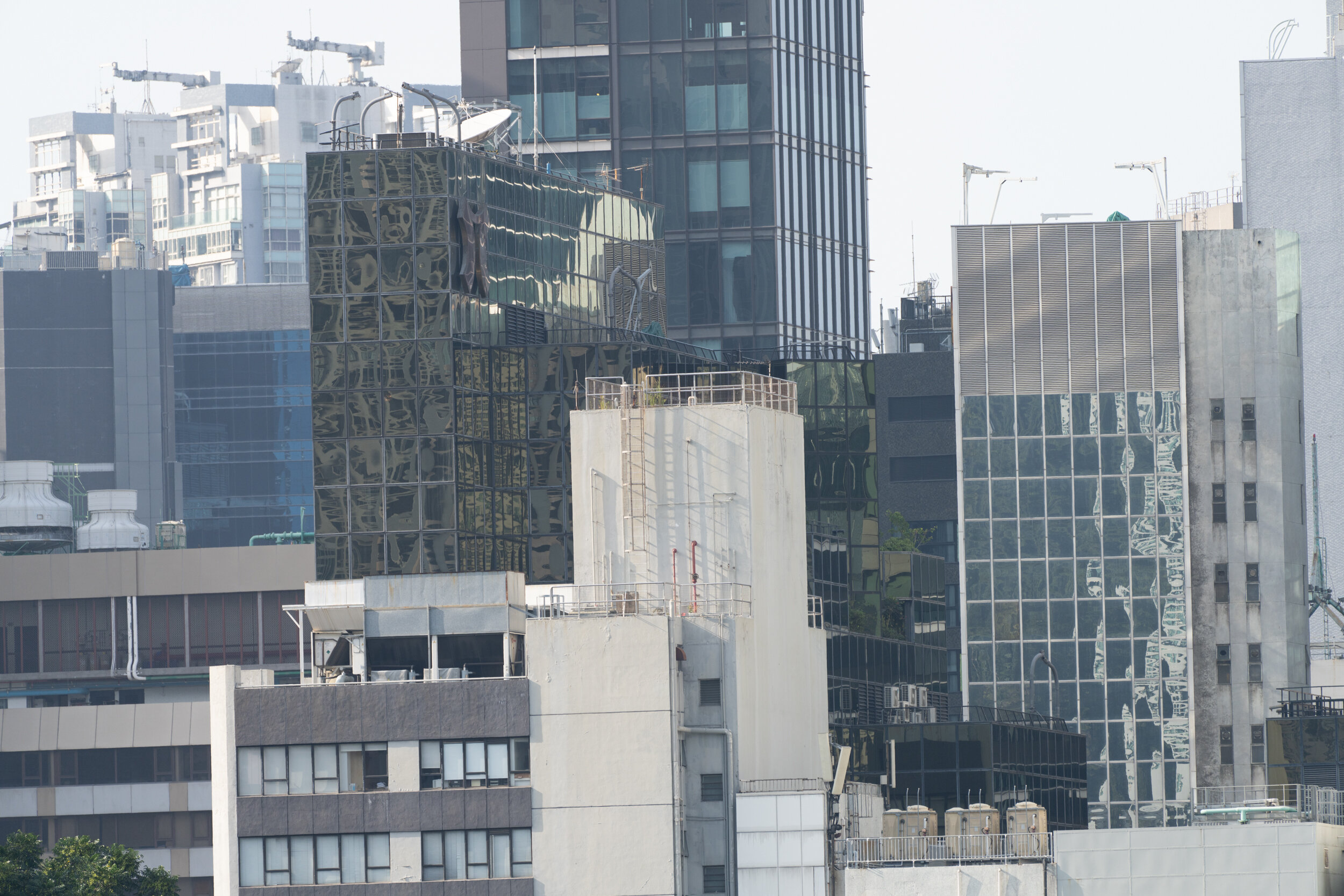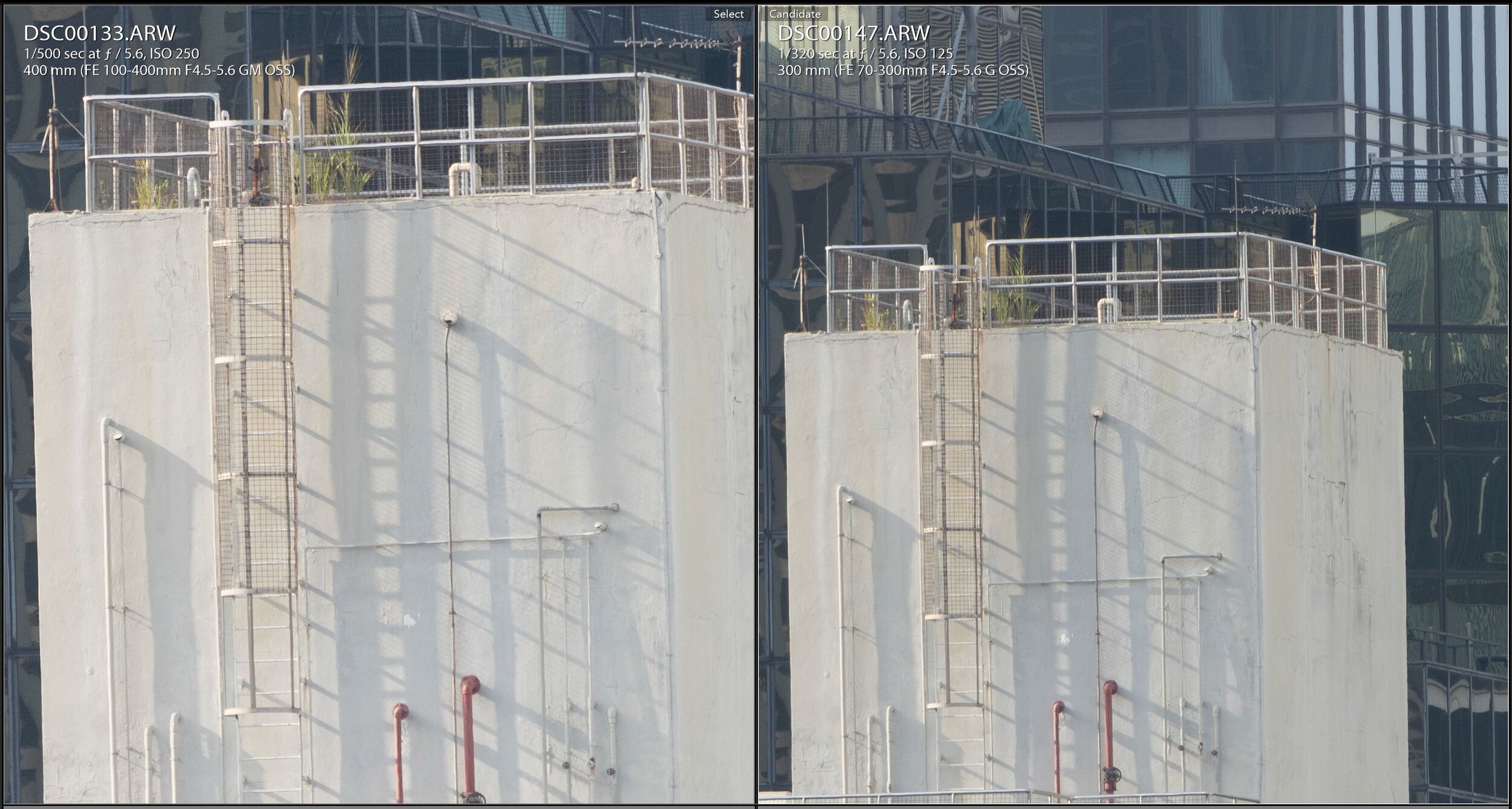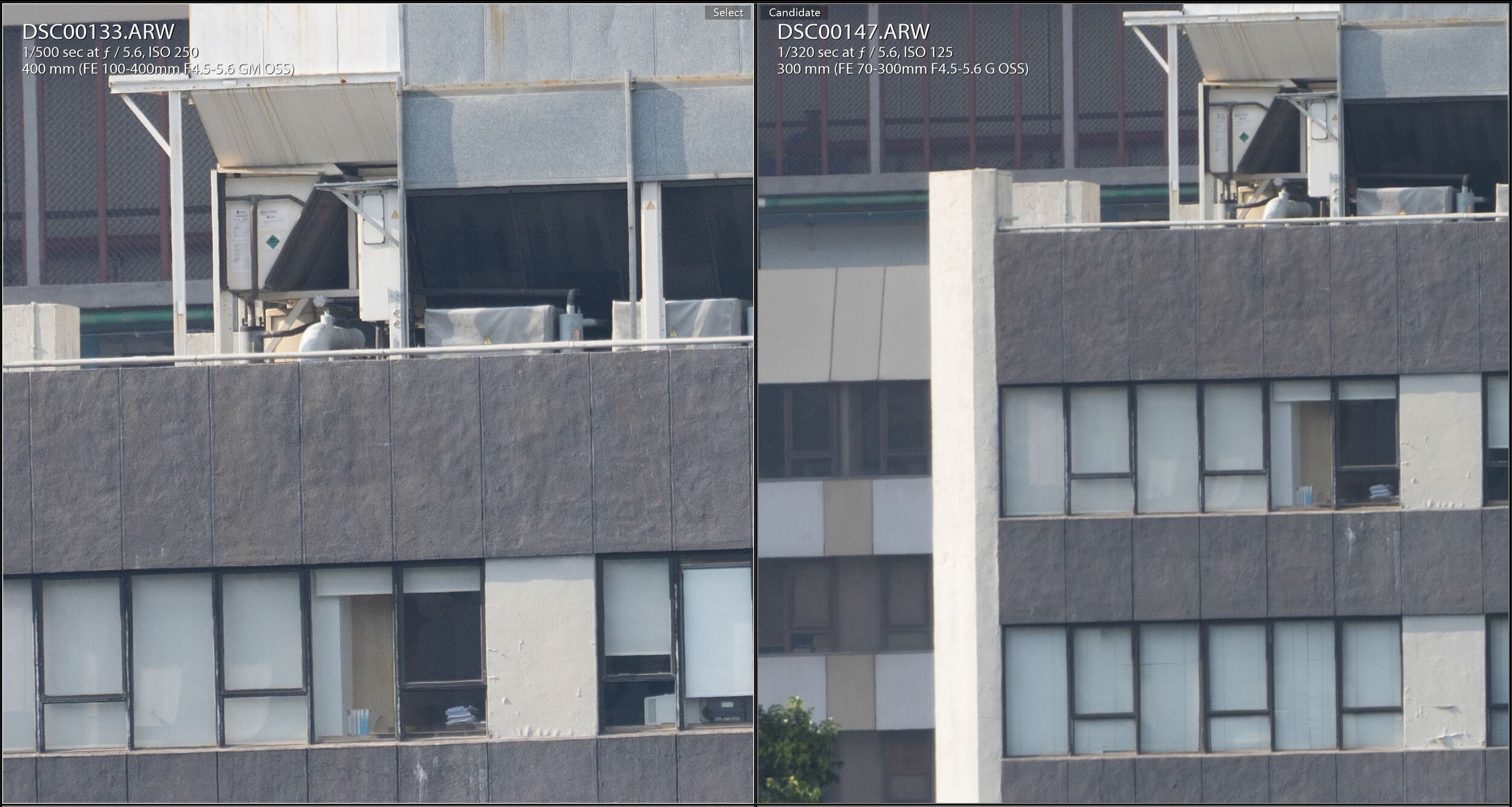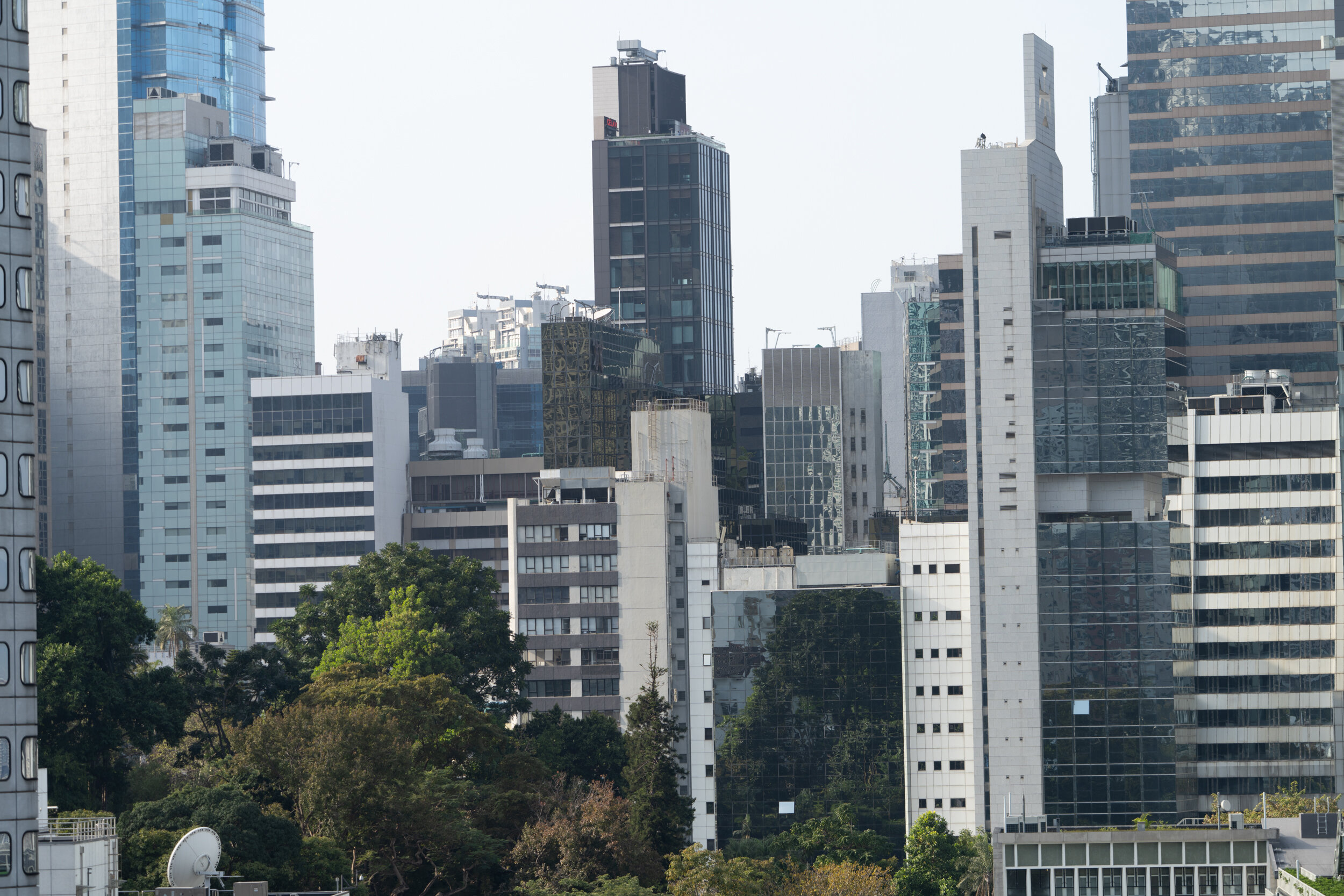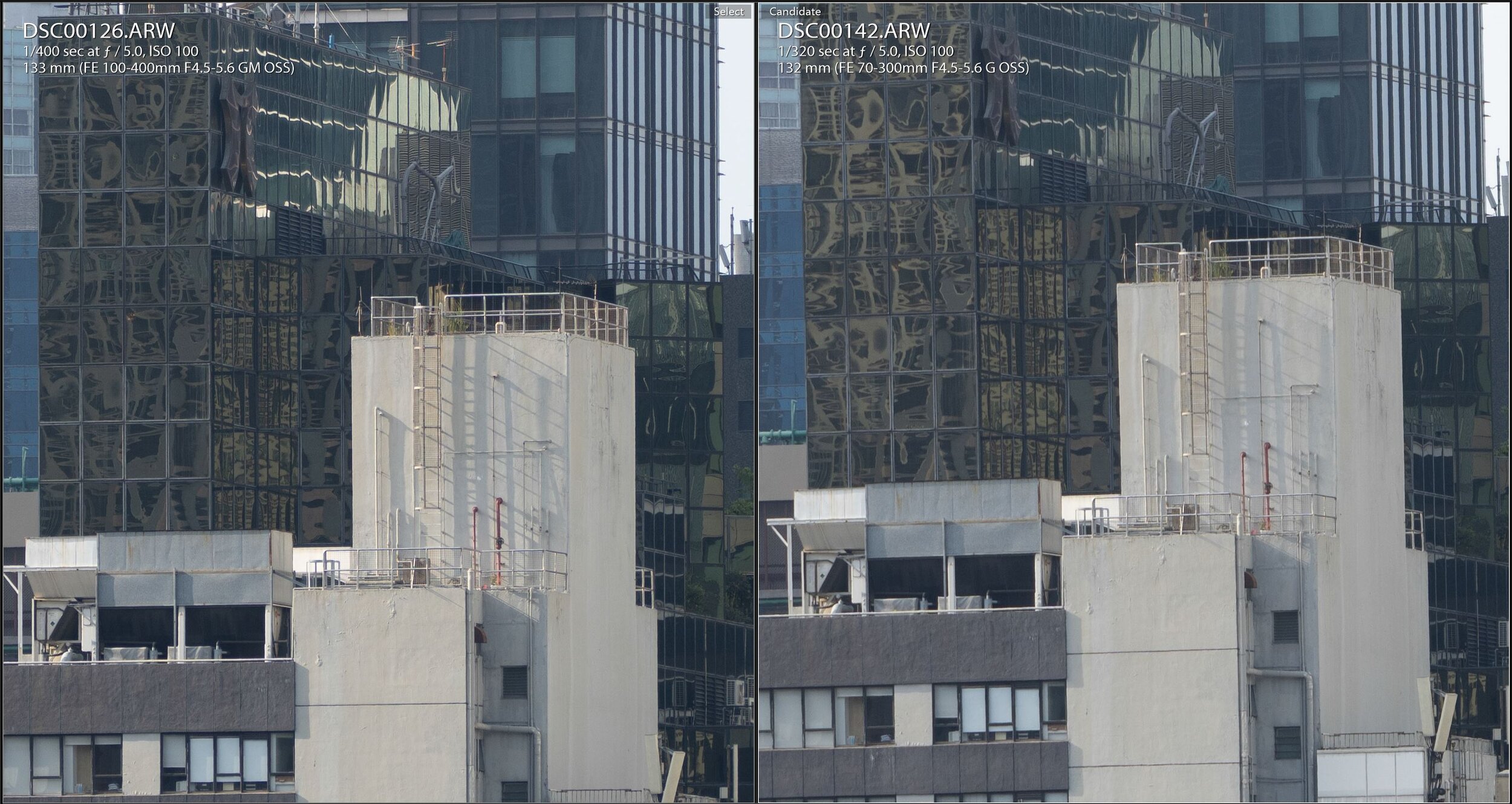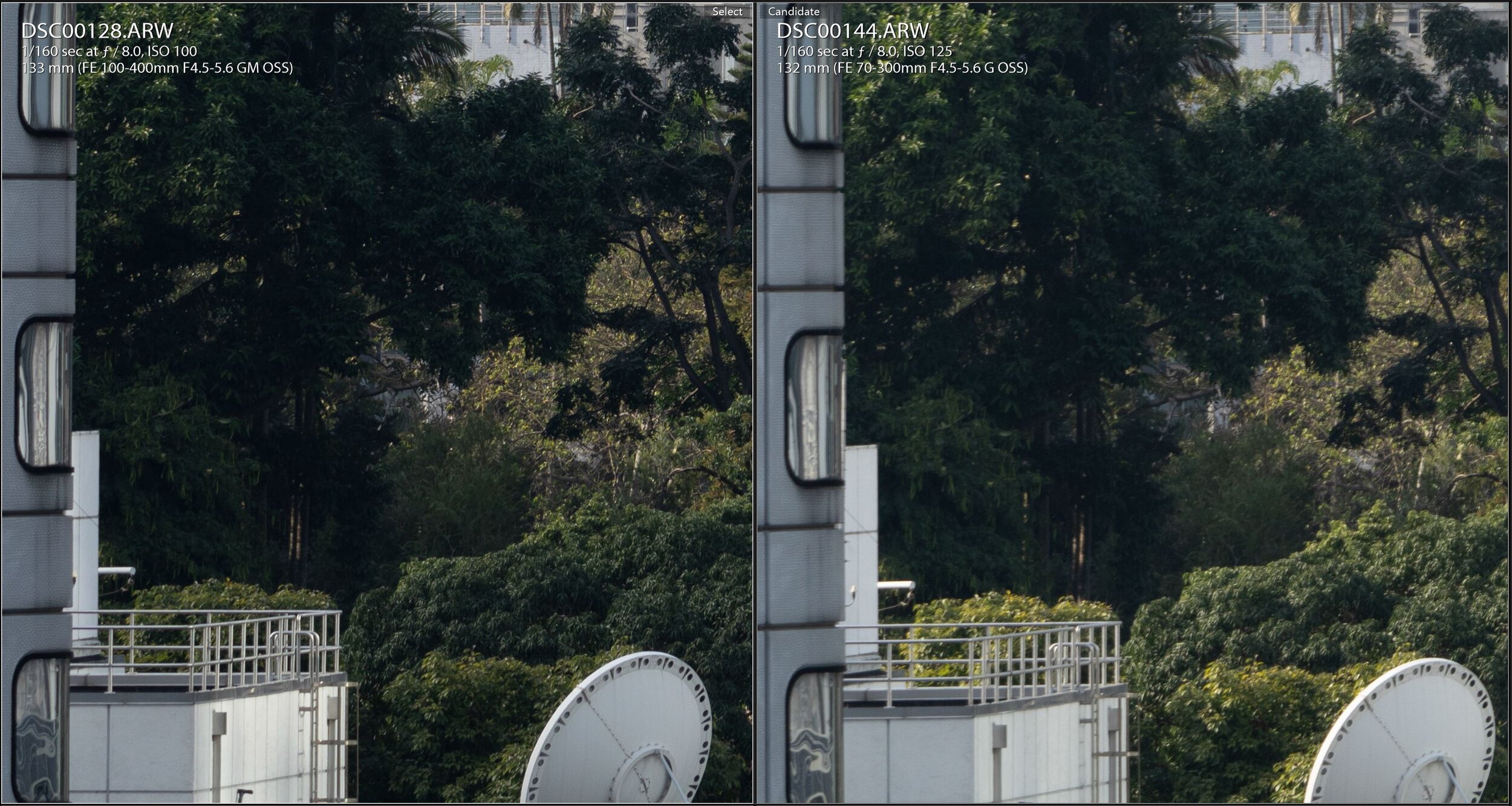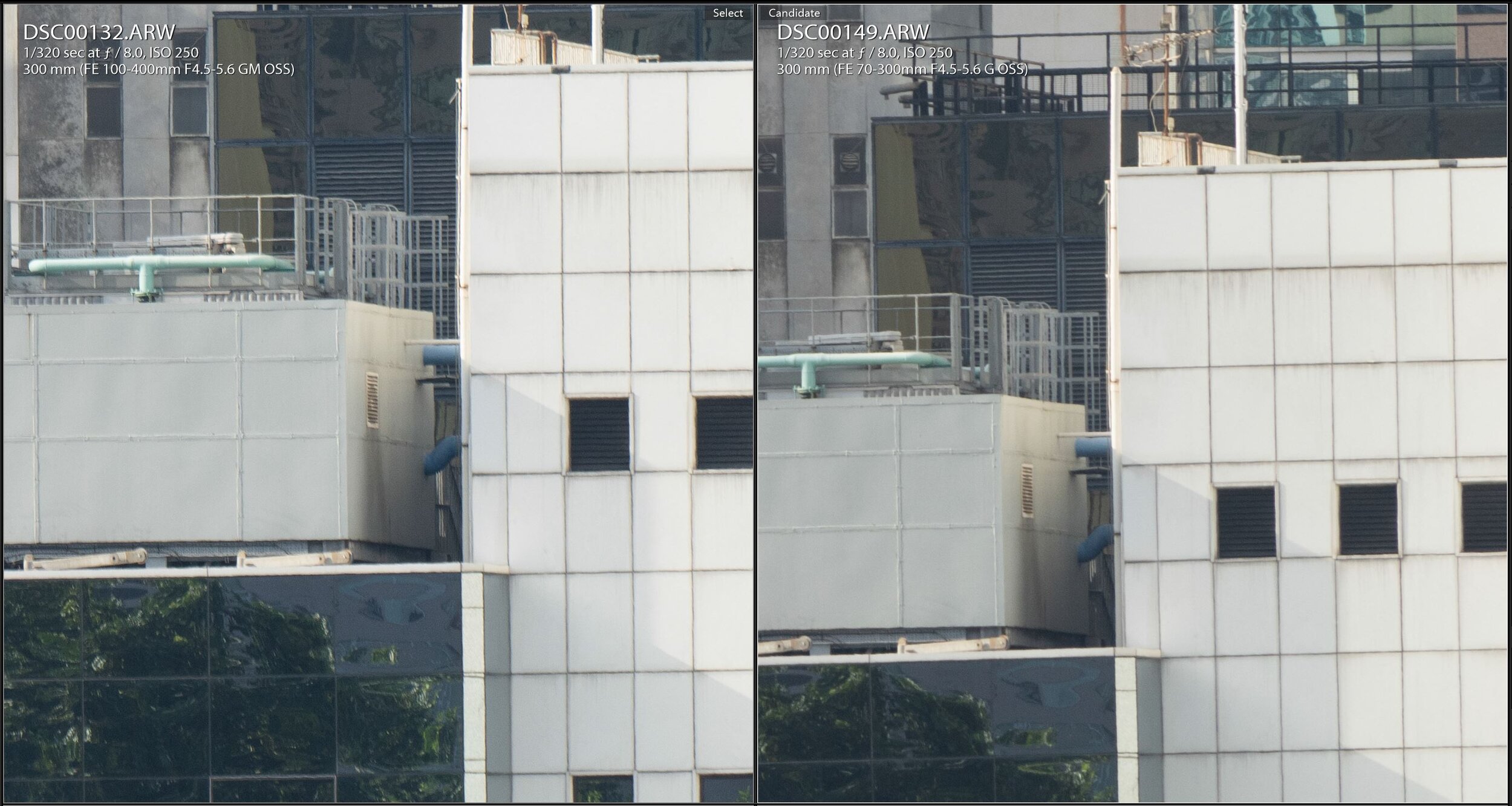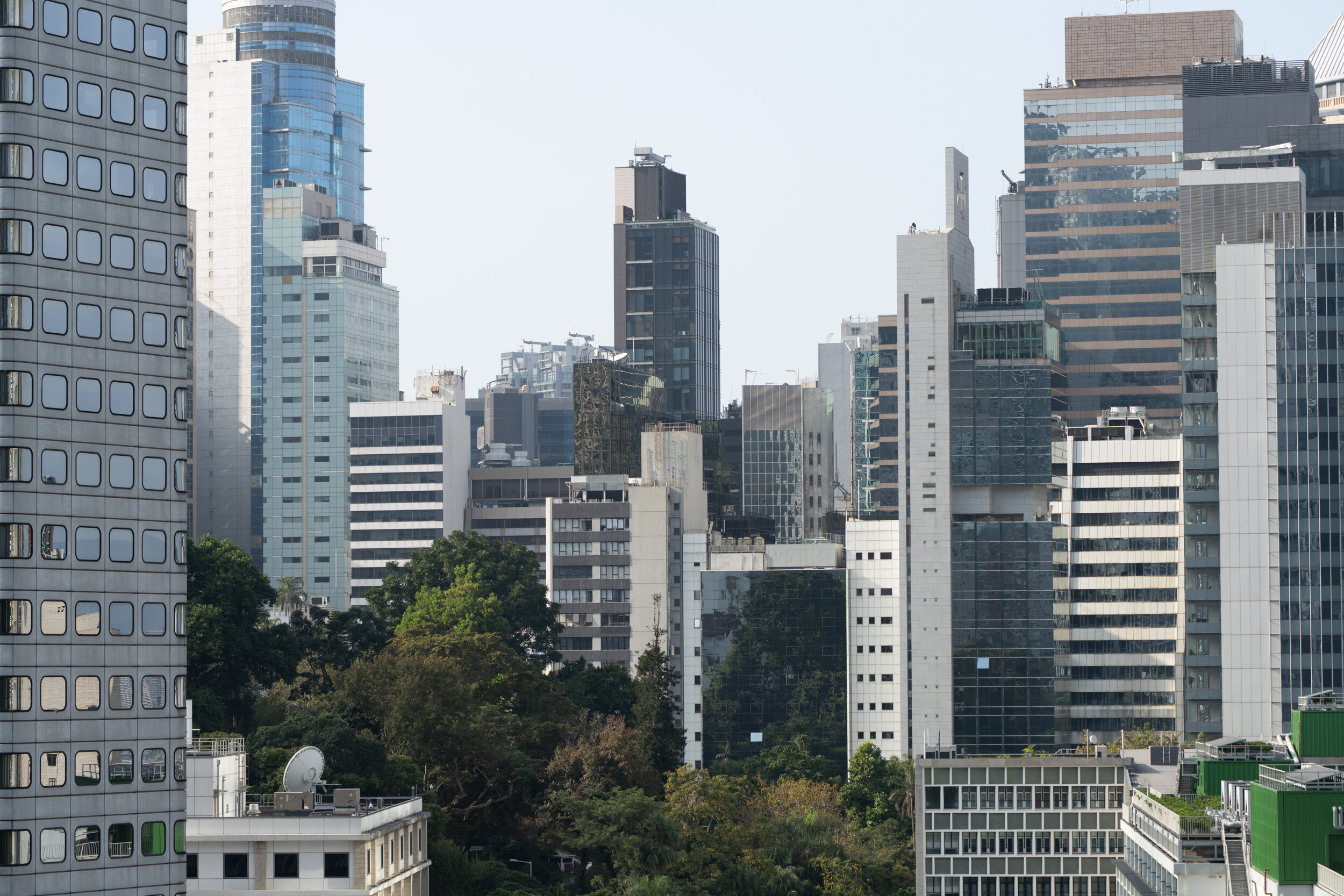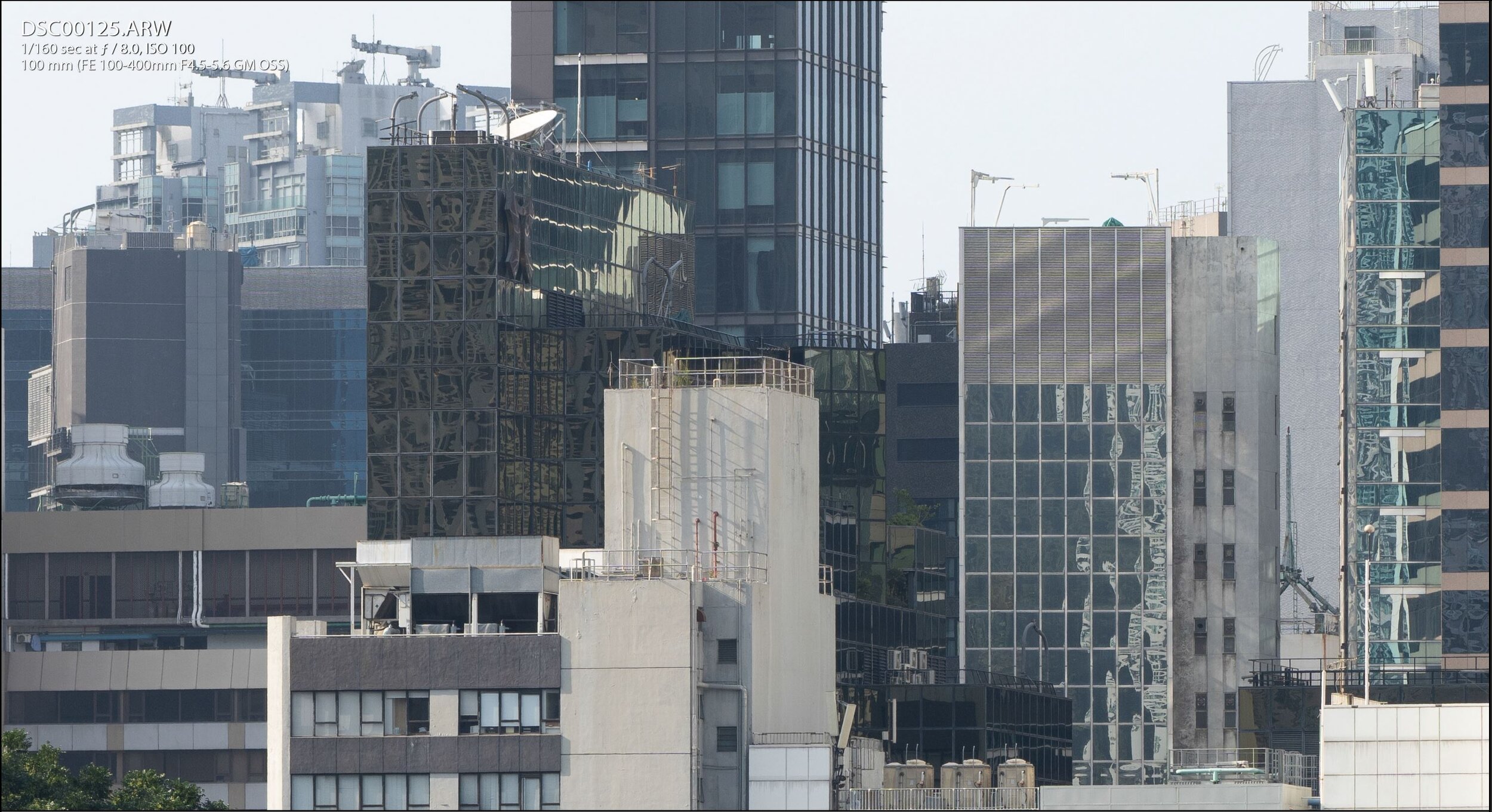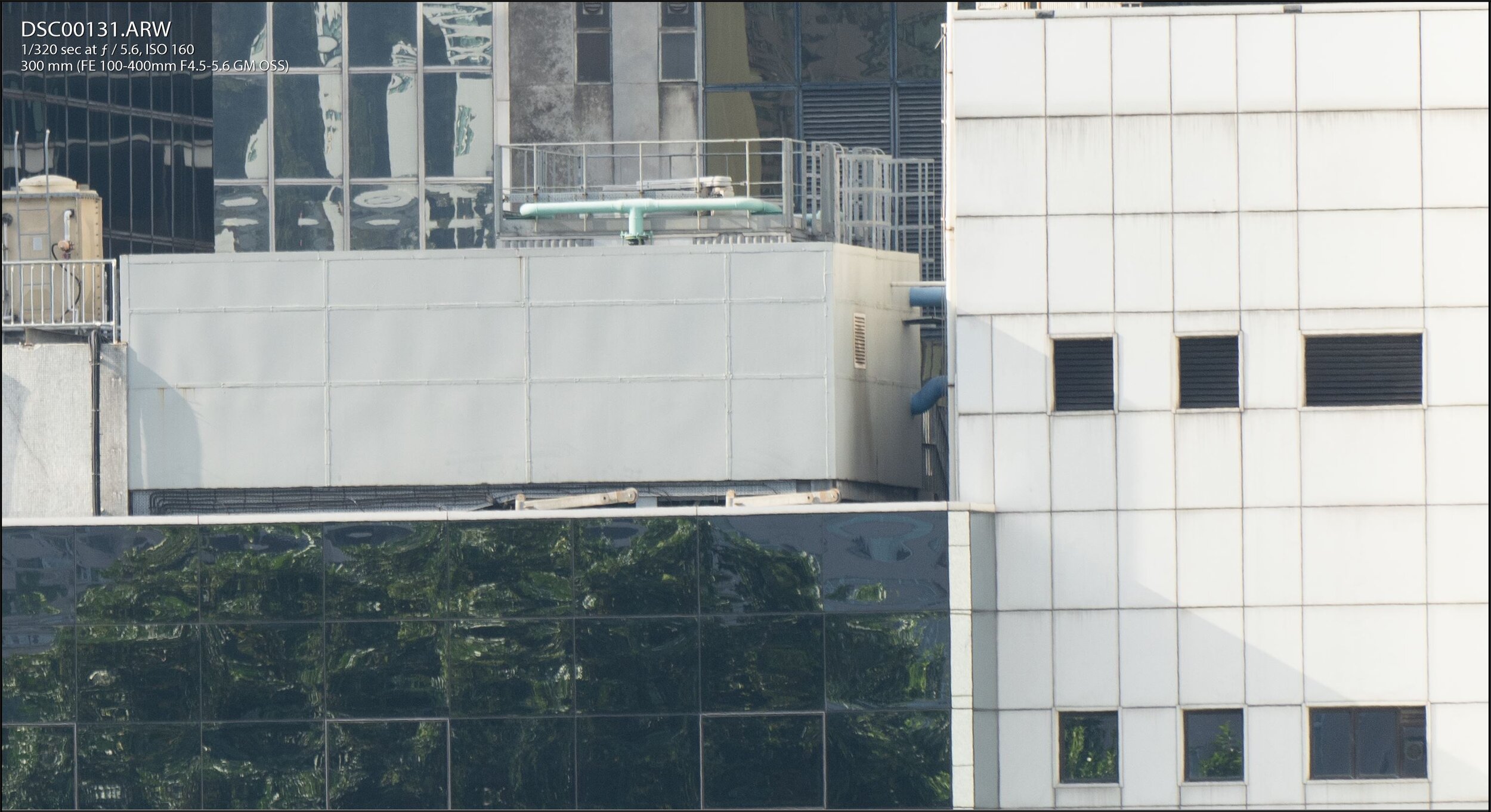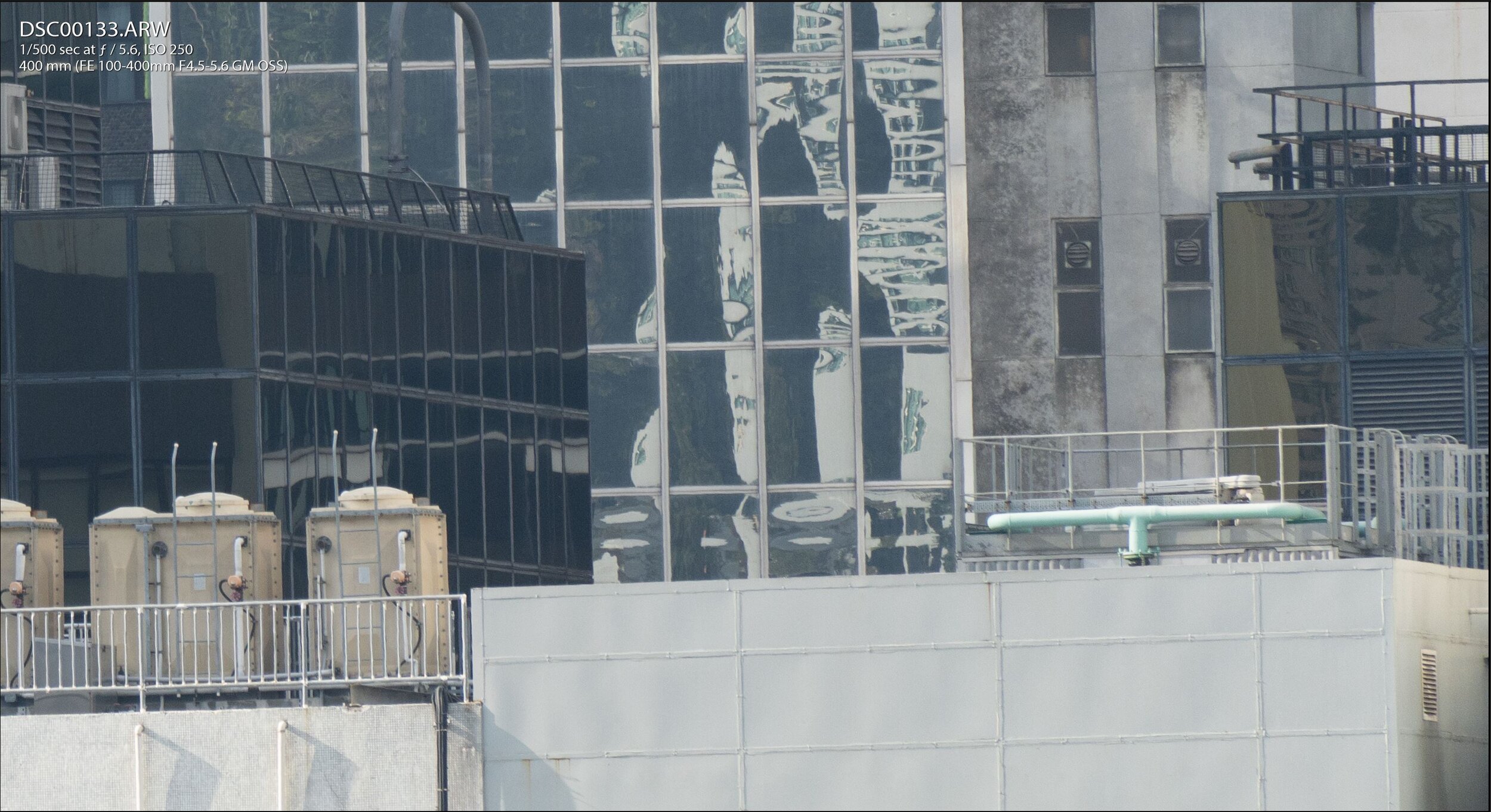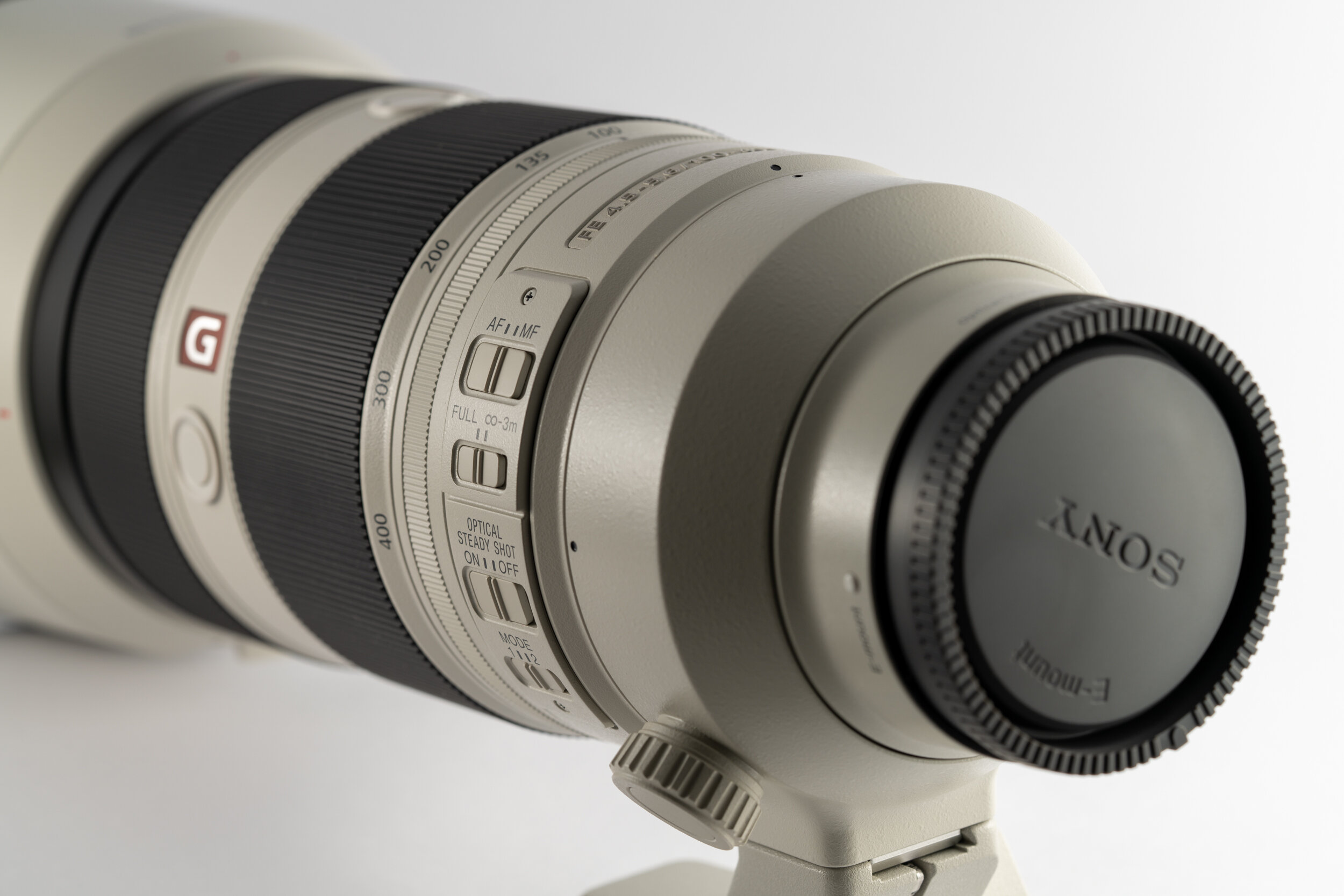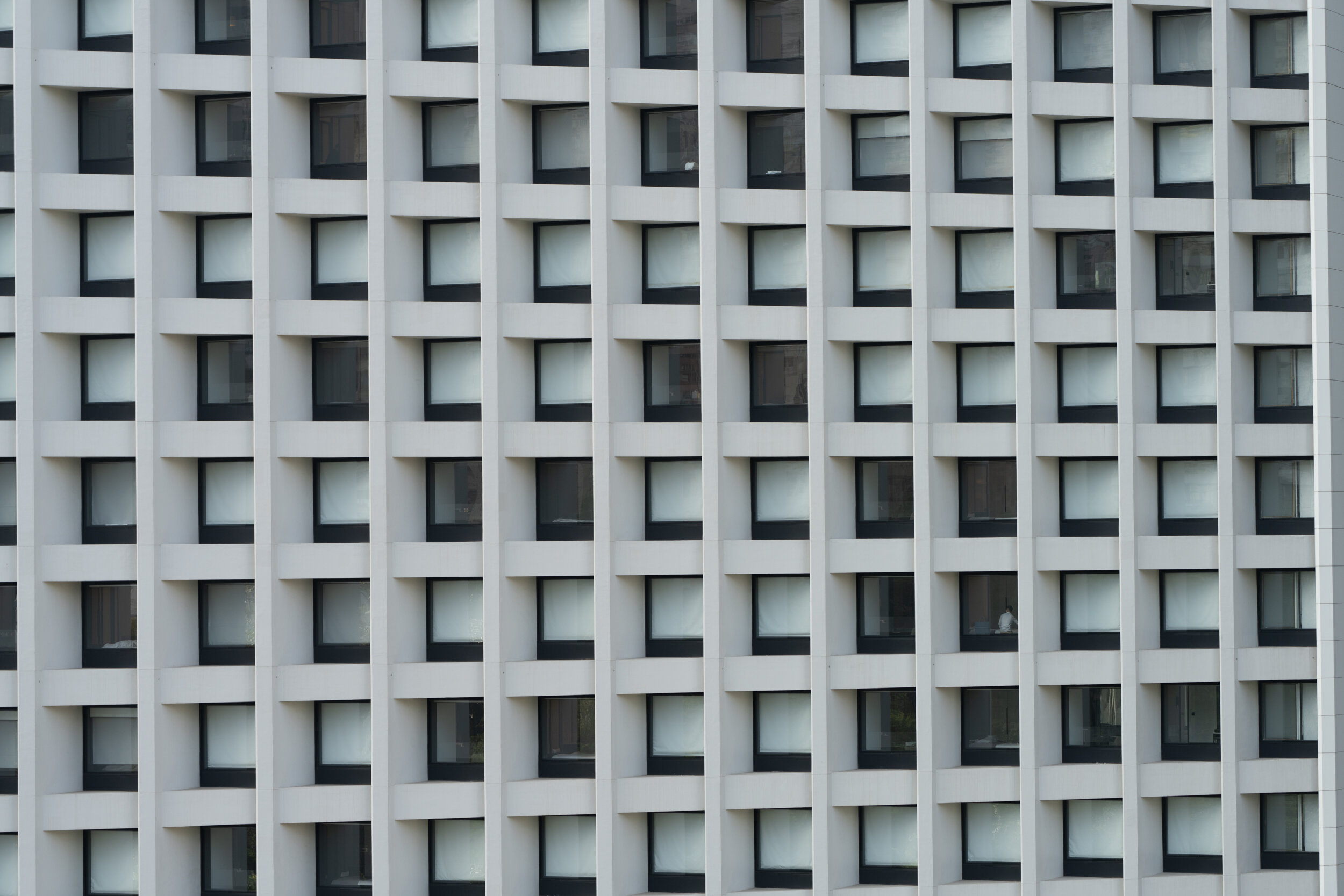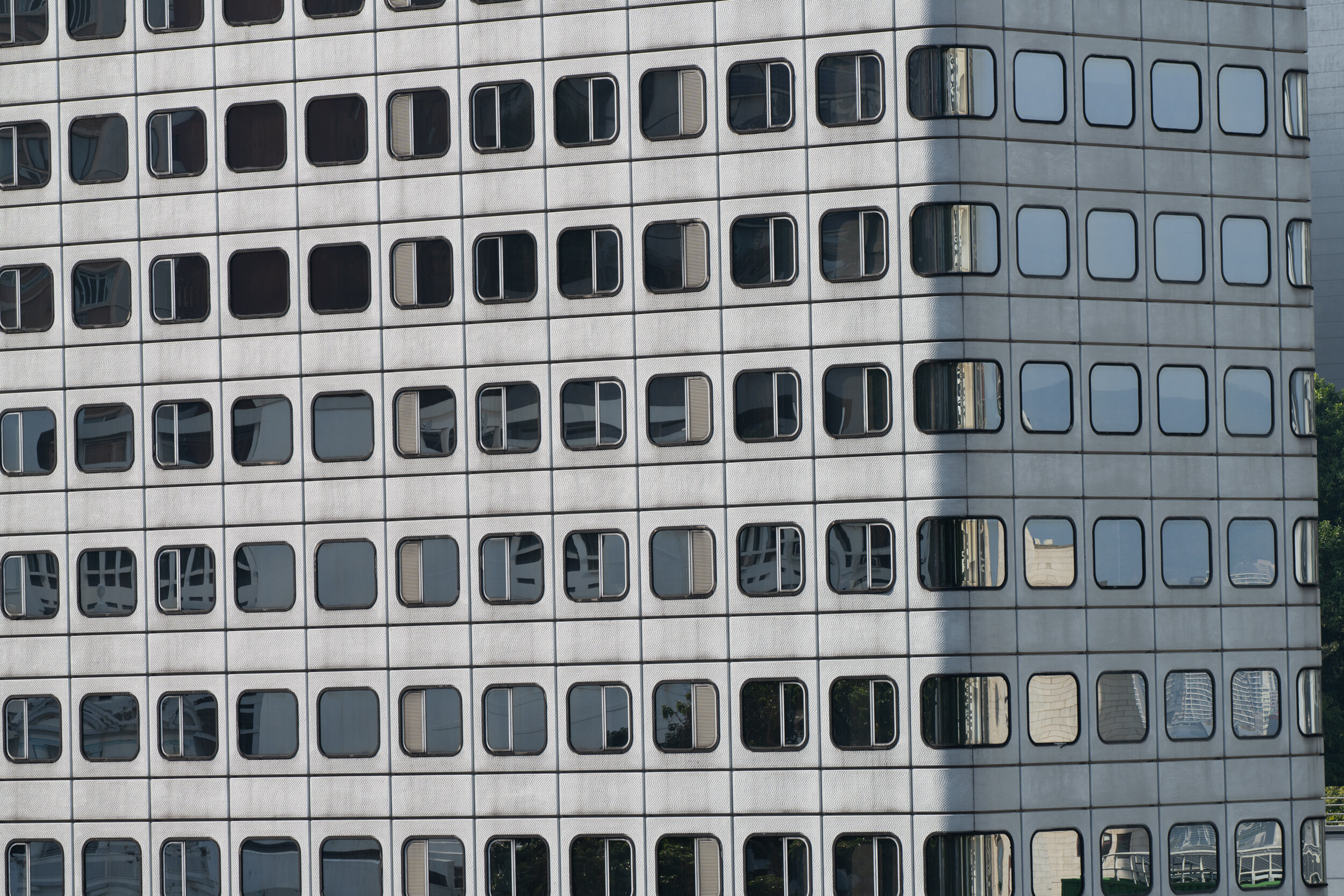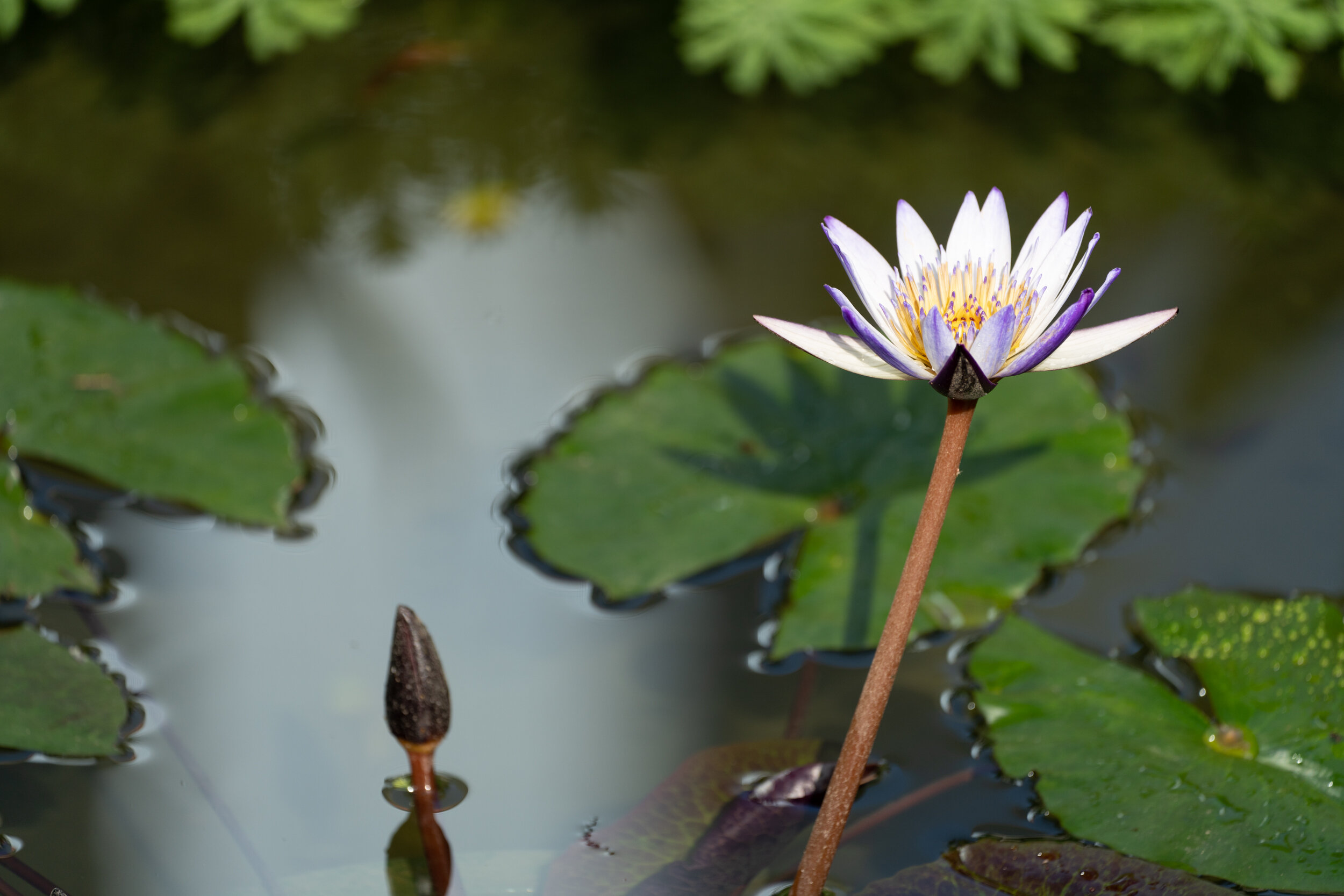Sony FE 28-60mm F4-5.6 Review
SEL2860 - Kit lens for the new A7C
Sony FE 28-60m F4-5.6 (SEL2860)
Announced- Sept 2020
Pro
Compact size and light weight
Good performance
Dust and Moisture resistance
Con
Limited focal length
Collapsible design, have to extend before use
Cannot mount lens hood
What’s included:
I got this lens from the A7C (reviewed here) kit, not sure what it will come with in a retail box. There was nothing included other than the lens cap and the end cap.
Body
The lens body is 45mm long x 66mm in diameter, weight at 167g. It takes a 40.5mm filter at the front, and is not compatible with Sony’s 1.4x and 2.0x teleconverter.
This small lens only have basic control. There is a focus ring at the front, then a zoom ring at the back. There are focal lengths printed on the zoom ring. Interestingly, it has 40mm marked between 35 and 50mm.
This lens is a collapsible design, so will have to zoom out from park position to 28mm before it can be used. The body will give you a warning message when the lens is still collapsed. The length of the lens is 45mm collapsed, and about 70mm when extended to 28mm focal length.
The lens is nicely built with plastic body and metal lens mount with thin rubber gasket. Interestingly, the rear element goes quite far out to the mount when collapsed.
The front element is quite tiny, and can only use a 40.5mm filter. There is no way to mount a lens hood.
Image Quality
This is a variable aperture lens, with aperture starting at f/4 at 28mm and quickly narrows to f/4.5 as soon as you turn it. It drops to f/5 right after 35mm, then finally to f/5.6 after 40mm.
Below is a comparison on different focal lengths shot with the A7RIV. First with 28mm comparison, the center is sharp wide open at f/4, then not seeing much difference as I stepped down the aperture. The corner is soft at f/4, and gets better but still soft at f/8. The wide end seems to have weak corner.
35mm comparison, starting at largest aperture @ f/4.5. The center is sharp already, and not much change stepping down the aperture. The corner is a little soft at f/4.5, and improves a little at f/8.
50mm comparison, starting at f/5.6. Just like before, good center and soft corner wide open. The corner gets better at f/11.
60mm comparison, starting at f/5.6. Center is good and soft corner wide open. Corner gets better at f/11.
VS 24-70GM
It is quite difficult to tell how good this lens is unless compared against another lens. I have used the 2470GM as baseline for comparison on 28mm and 50mm shooting at f/4 and f/5.6. At the wide end, the center is pretty similar and the GM has better corner. On the telephoto side, GM has better center and corner.
Please look at the sample photos (you can click on the pic to see a larger view) and draw your own conclusion. I find it hard to find significant fault on the SEL2860. The performance is pretty consistent, and only weaker on the corner. Given that this is only a kit lens and its compact size, I am impressed with the performance.
Focus Breathing and Parafocal Test
I have tested these in manual focus with the A7C. I am not a video shooter, but I don’t find any significant focus breathing at 28mm and 60mm. It also seems to be parafocal as well, but it is hard to tell with f/5.6. Please see below sample video:
Conclusion
The FE 28-60mm f/4-5.6, SEL2860, is an interesting lens. I really enjoy its light weight and compact size. It is quite nice that Sony has included dust and moisture resistance on this collapsible lens, which otherwise would worry me with it sucking in dusts. The lens has much better performance expected. The center is nice across the range, and only has slightly weaker corner.
This lens has a practical focal range from 28mm to 60mm, but I would prefer to have 24mm to 50mm like the Nikon Z-mount kit lens. 24mm on the wide end would make it more suitable for vlogging and landscape/indoor shot. 60mm vs 50mm is a not significant difference on the tele side anyway.
Overall, this lens is a great option for people looking for a compact zoom lens to travel with. It is worth picking this kit lens up with the body. I hope to see Sony make a compact line of lens like this one.
Sample Gallery (mostly shot with the A7C)
Sony FE 70-300mm F4.5-5.6 G OSS Review
With Comparison to 100400GM
Sony FE 70-300mm F4.5-5.6 G OSS (SEL70300G)
Announced- Mar 2016
Pro
Comfortable Size and Weight
Con
Soft at the corner
Not compatible with teleconverter
What’s included:
There is the lens, hood, caps, manuals, and a soft carrying case in the box.
Body
The lens body is 144mm long x 84mm in diameter, weight at 854g. It takes a 72mm filter at the front, and is not compatible with Sony’s 1.4x and 2.0x teleconverter.
There is a bunch of controls on the side. At the front is the zoom ring, then focus hold, focus ring, then a bunch of controls. Then there is a panel of switches closer to the body. Top is the focus mode switch, focus range limiter, and steady shot switch at the bottom. There is a lock button on the side that can be used to prevent zoom creep.
The lens is nicely built overall, but there is no rubber gasket like the GM series lens.
There is a lock button on the side that can be used to prevent zoom creep.
Image Quality
This is a variable aperture lens. The aperture starts at f/4.5 at 70mm, f/5 at 85, then f/5.6 starting 160. Below is a comparison on different focal lengths. First with 70mm comparison, starting at largest aperture @ f/4.5. The center is a bit soft wide open, and gets better as the aperture is stepped down. The corner is soft with noticable chromatic aberration until f/8.
100mm comparison, starting at largest aperture @ f/5. The center is good wide open and gets better as the aperture is stepped down. The corner is still soft until f/8.
135mm comparison, starting at f/5, The center is good already wide open. However, the corner is quite soft.
200mm comparison, starting at f/5.6, the two lens are really similar at center and corner. No significant improvement at f/8 at 2:1.
300mm comparison, starting at f/5.6. The center and corner are good at 5.6. I feel this is the strongest focal length of this lens.
Conclusion
The 70300G is a good telephoto lens for the Sony FE camera, but with some compromises on image quality. It is also the cheapest telephoto option for Sony full frame, and is a good size and weight to travel with. The IQ is good at the center, but the corner is pretty soft across most focal ranges. Some other options to consider is the 70200G, 70200GM, 100400GM, and the 200600G. For APSC user, I think the newly E 70350G is probably a better choice, as it seems to have good reviews and is even lighter. However, I still believe it is a good choice if you are not a pixel peeper. Below are sample images I shot on my A7R3 and A7R4 across the years using this lens.
Sample Gallery
Sony FE 100-400mm G Master vs Sony FE 70-300mm F4.5-5.6 G OSS
Announced - Apr 2017
Pro
Amazing IQ
Build quality
Fast AF
Compatible with teleconverter
Con
Expensive
Big and Heavy
Sony FE 70-300mm F4.5-5.6 G OSS (SEL70300G)
Announced- Mar 2016
Pro
Size and Weight
Price
Con
Soft corner
Body
The 100400GM is 6cm longer, and 550g heavier than the 70300G. The length difference makes it difficult to store in the bag. The size is not a huge issue, and still ok to shoot handheld without a monopod. However, I definitely felt the weight after shooting for a few minutes. There is no tripod collar and foot on the 70300G, and it also doesn’t have the rubber gasket on the lens mount. However, 100400GM is more than double the price of the 70300G.
The 100400GM is better built with rubber gasket on the lens mount to help with dust/weather sealing. The rear element is more recessed in the 100400GM to accommodate the teleconverter.
These are variable aperture lens, and the table above shows the largest aperture at various focal lengths. There is no significant aperture advantage on 100400GM to 70300G.
Image Quality
This is comparing the 2 lens shooting at their widest/narrowest focal length at the largest aperture. This also shows the difference between 70mm vs 100mm, and 300mm vs 400mm. At the widest focal length, the 70300G looks acceptable at the center, but the 100400GM has more details. Then moving to the corner, the 100400 is significantly sharper with less chromatic aberration. At the narrowest focal length, the center of both lens looks good. The 70300G improve significantly compared to at 70mm.
100mm comparison, starting at largest aperture (f/4.5 on 100400GM vs f/5 on 70300G), the 100400GM is sharper than the 70300G. 70300G corner is really soft. At f/5.6, the center is very similar, but 70300G is still soft. The 70300G corner finally improves at f/8, but is still weaker than the 100400GM.
135mm comparison, starting at largest aperture, the centers are really similar between the lens. 70300G corner is a bit better than at 100mm but still soft. At f/5.6, the centers are very similar, but 70300G is still soft. The 70300G corner finally improves at f/8, but is still weaker than the 100400GM.
200mm comparison, starting at f/5.6, the centers are really similar between the lens. 70300G corner is still soft, improves at f/8 but is still weaker than the 100400GM.
300mm comparison, starting at f/5.6, the two lens are really similar at center and corner.
Conclusion
The 100400GM is definitely the lens to go for ultimate image quality. It is sharp wide open across the entire range, while 70300G is soft at the corner. On the other hand, it is 2x more expensive, 40% longer and heavier than the 70300G. Depending on the budget and the requirement, both are valid full frame telephoto zoom lens options. However, I think the newly E 70350G is probably a better choice for APS-C than the 70300G, as it seems to have good reviews and is even lighter.
Sony FE 100-400mm G Master Review
With comparison to Sony FE 70-300mm G
Pro
Amazing IQ, sharp wide open across the range
Fast AF
Compatible with teleconverter
Con
Expensive
Big and Heavy
Introduction
I had been using the SEL70300G for a few years, since i got the A6500. I was not interested in shooting telephoto until I have the 2nd body and started shooting landscape, birds…etc. I enjoy the additional reach beyond the 2470GM that I usually use. However, I was never impressed by the IQ of the 70300G, and decided to treat myself with the 100400. This review will focus on the 100400 and compare it against the 70300G. All pictures here are shot with the A7R4.
I was deciding between this lens or the new 200600G. After handling them both in the showroom, I was more comfortable with the 100400GM size and weight. A teleconverter can be added if more reach is needed. Another reason was the pseudo macro ability of this lens with 0.35x magnification ratio @ 0.98m versus the 0.2x @ 2.4m minimum focus distance on the 200600G.
What’s in the box
There is not much in the box. There is just the lens, hood, manual/warranty info, and a carrying bag.
Body
The lens body is 205mm long x 93.9mm in diameter, weight at 1395g. It takes a 77mm filter at the front, and is compatible with Sony’s 1.4x and 2.0x teleconverter. These converters are only compatible with the GM telephoto lens and the 200600G.
There is a bunch of controls on the side. At the front is the focusing ring, then focus hold, zoom ring, then a zoom tightness adjustment. Unlike the 70300G, there is no lock button, so the tightness adjustment ring can be used to prevent zoom creep. Then there is a panel of switches closer to the body. Top is the focus mode switch, focus range limiter, steady shot switch, and stabilization mode at the bottom. Finally there is a lens foot ring and its adjustment knob.
The lens is solidly built, and there is even rubber gasket on the mount to help with the water and dust resistant.
There is a cut out on the lens hood to allow rotating CPL filter without taking off the hood.
Image Quality
This is a variable aperture lens. The aperture starts at f/4.5 at 100mm, f/5 at 120, then f/5.6 starting 160. Below is a comparison on different focal lengths. First with the 100mm comparison, starting at largest aperture @ f/4.5. The center and corner is good already wide open, and gets better at f/5.6.
135mm comparison, starting at largest aperture @ f/5. The center and corner is good already wide open, and gets better at f/5.6. I really had to zoom into 2:1 to see the difference.
200mm comparison, starting at f/5.6, The center and corner is good already wide open, and gets better at f/8.
300mm comparison, starting at f/5.6, center and corner are good. No significant improvement at f/8 even viewing at 2:1.
400mm comparison, starting at f/5.6, the center and corner are good already. No significant improvement at f/8 at 2:1.
Conclusion
The 100400GM is a great telephoto lens. I highly recommend this lens if the goal is to have the best image quality on the Sony full frame or APS-C system. It is sharp wide open starting from 100mm all the way to 400mm. The trade off is huge size, heavy weight and the expensive price of the lens. I do wish for wider aperture to help keep the ISO down, but other telephoto zoom lens on the market with similar focal range has the same aperture. I will explore in future shooting with 1.4x teleconverter vs cropping on the A7R4.
